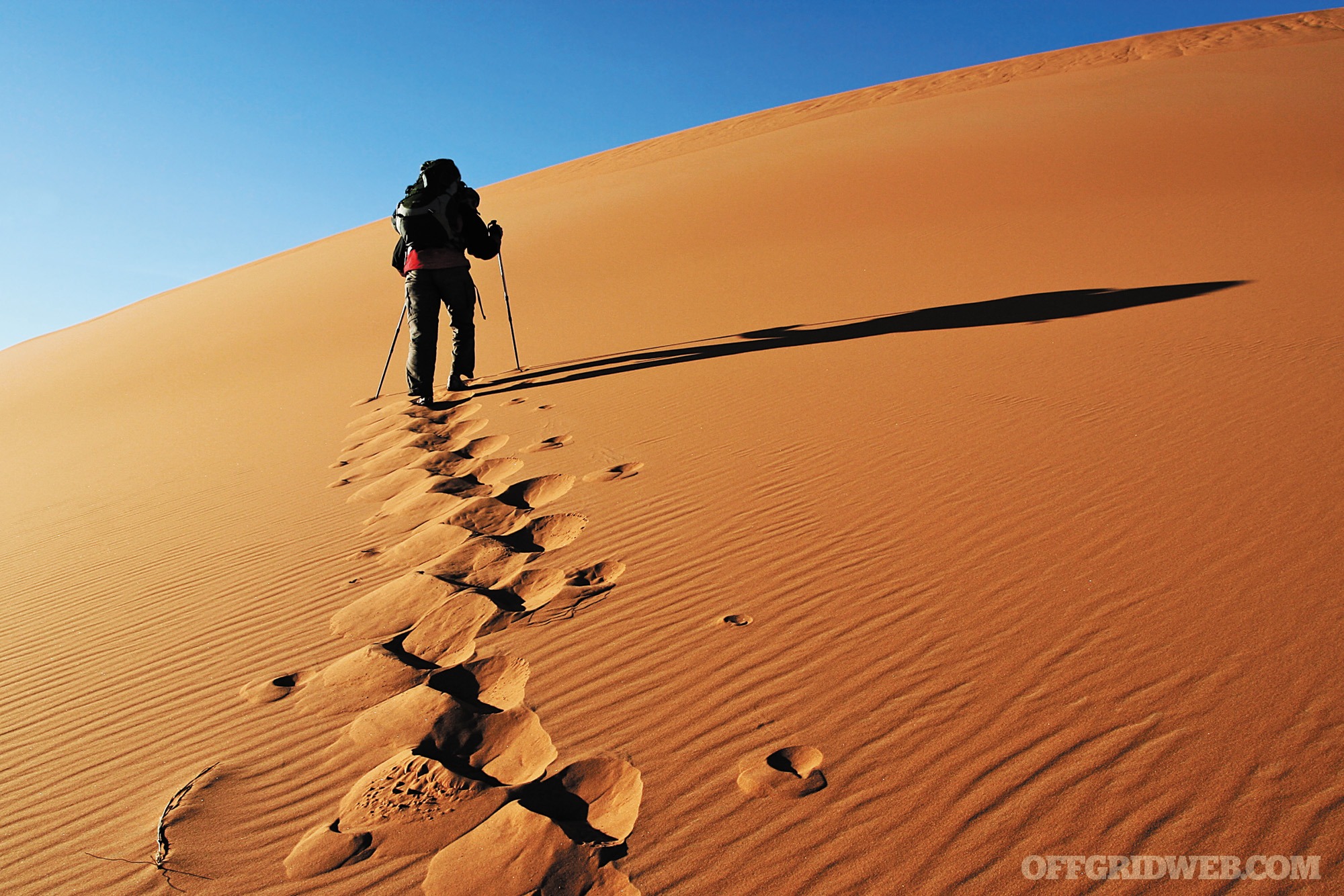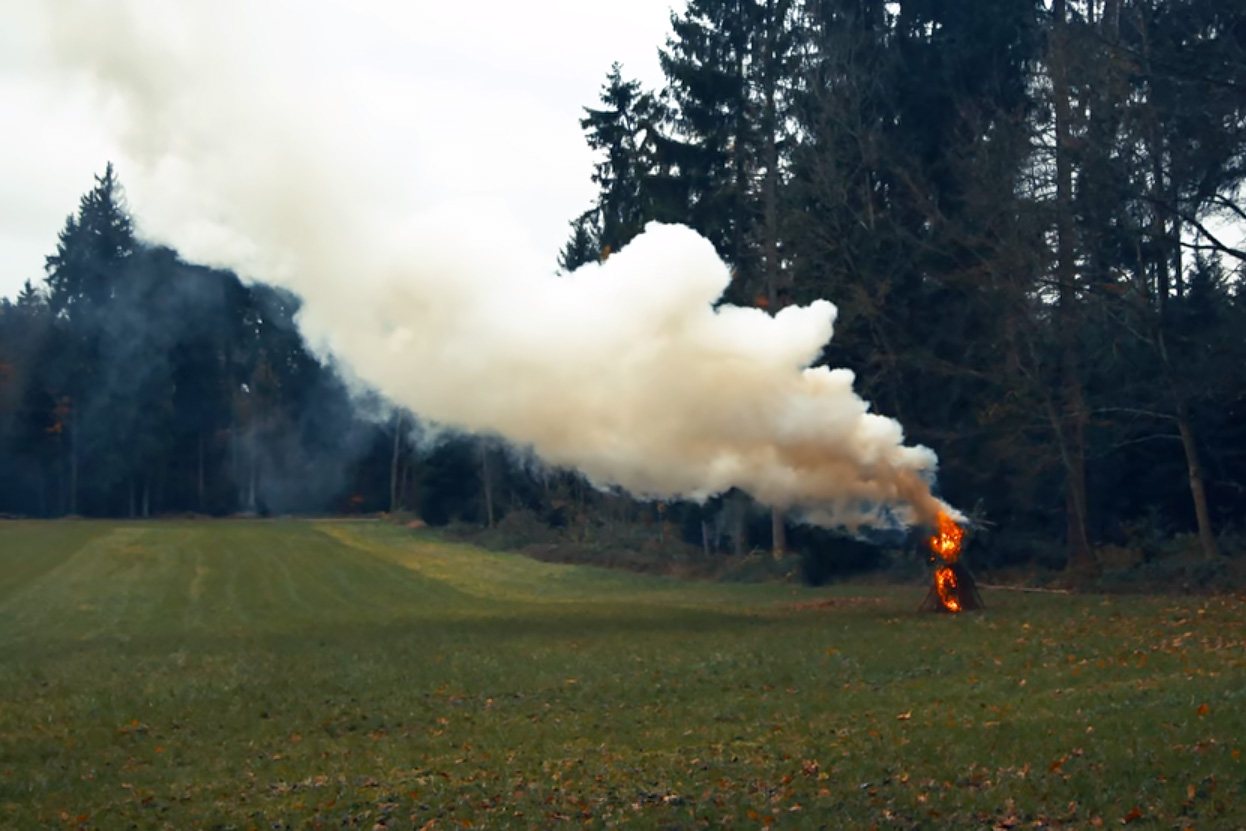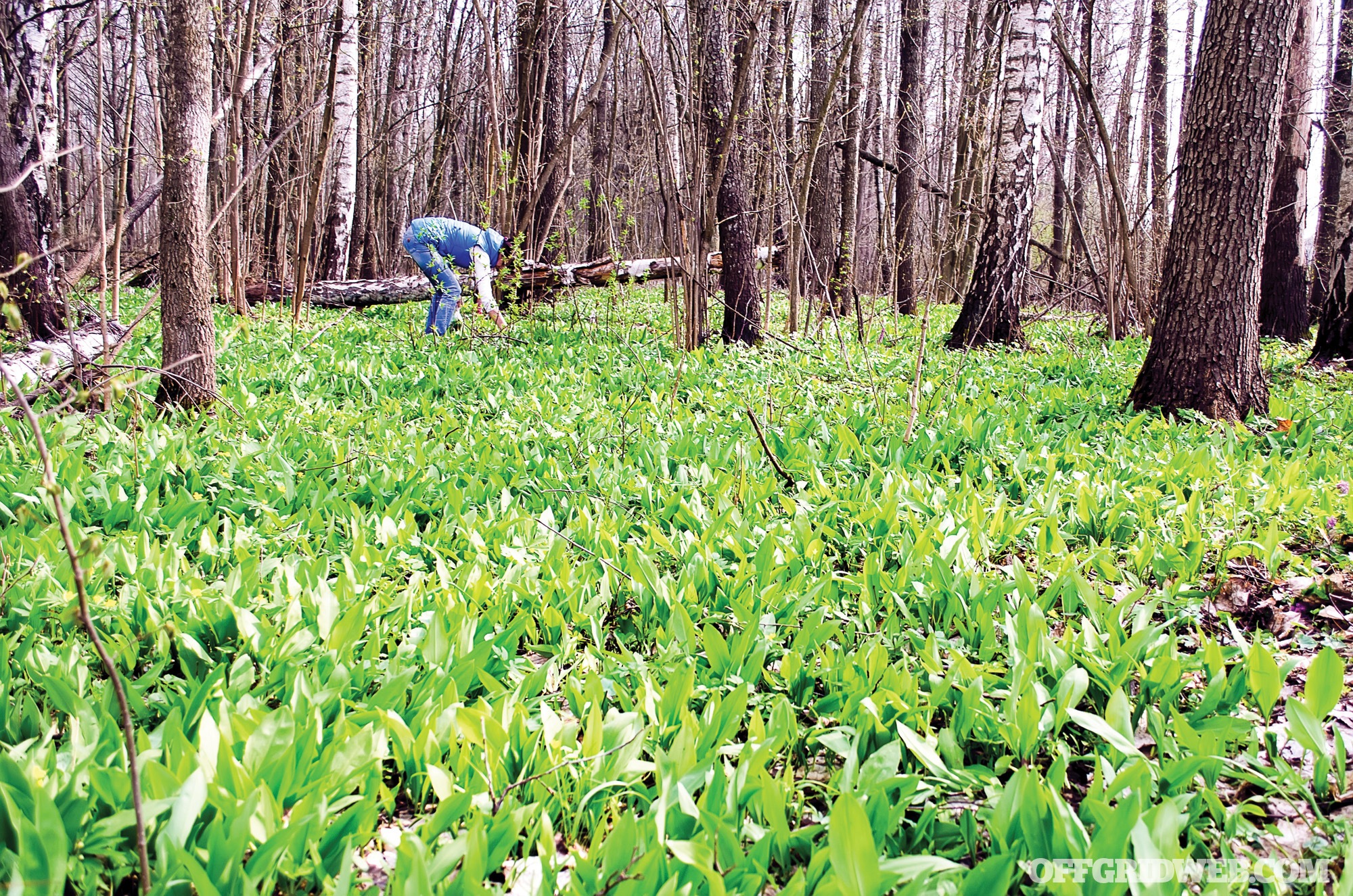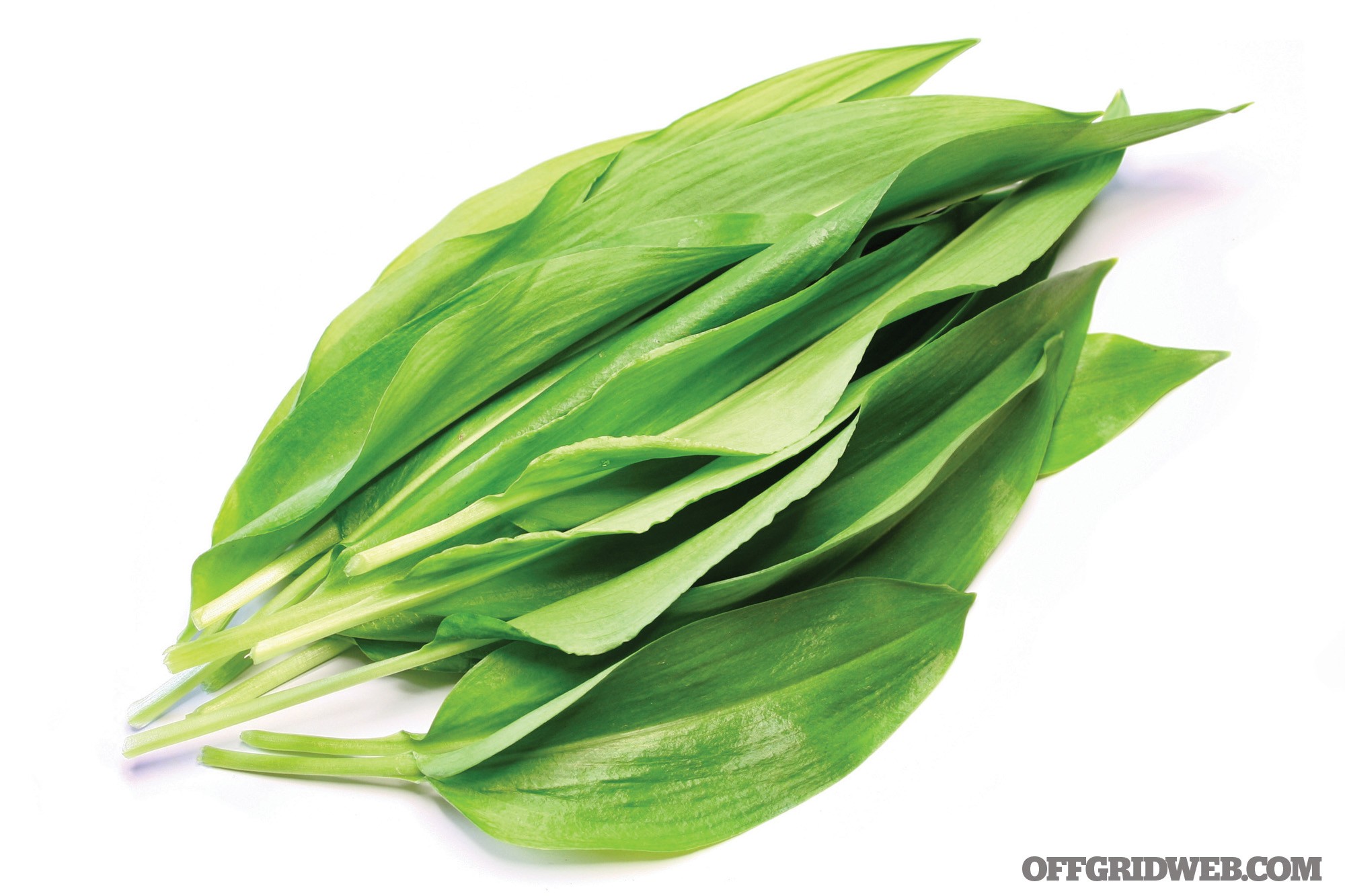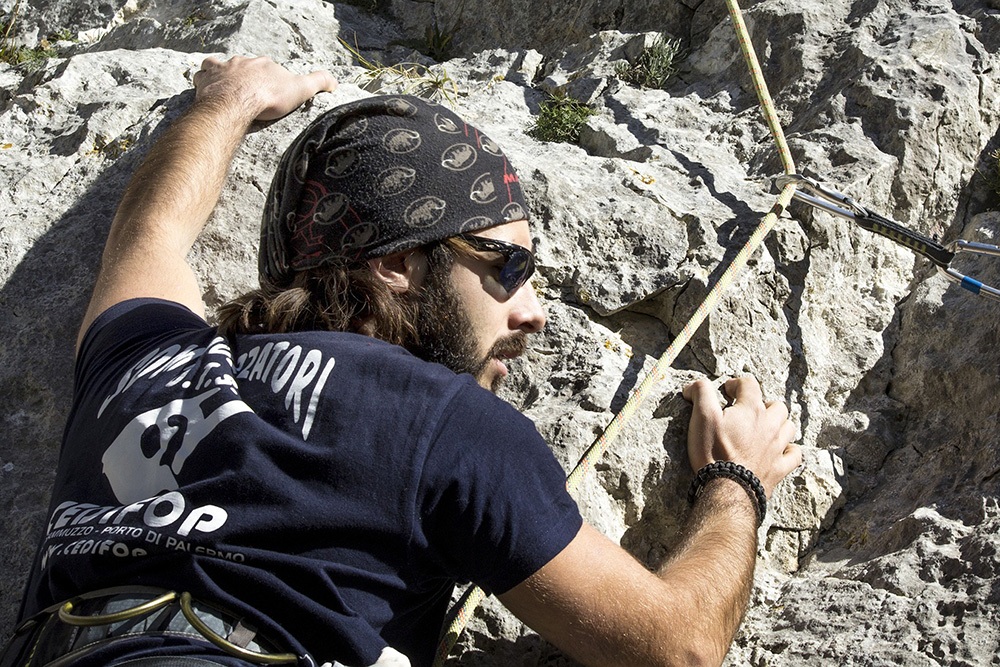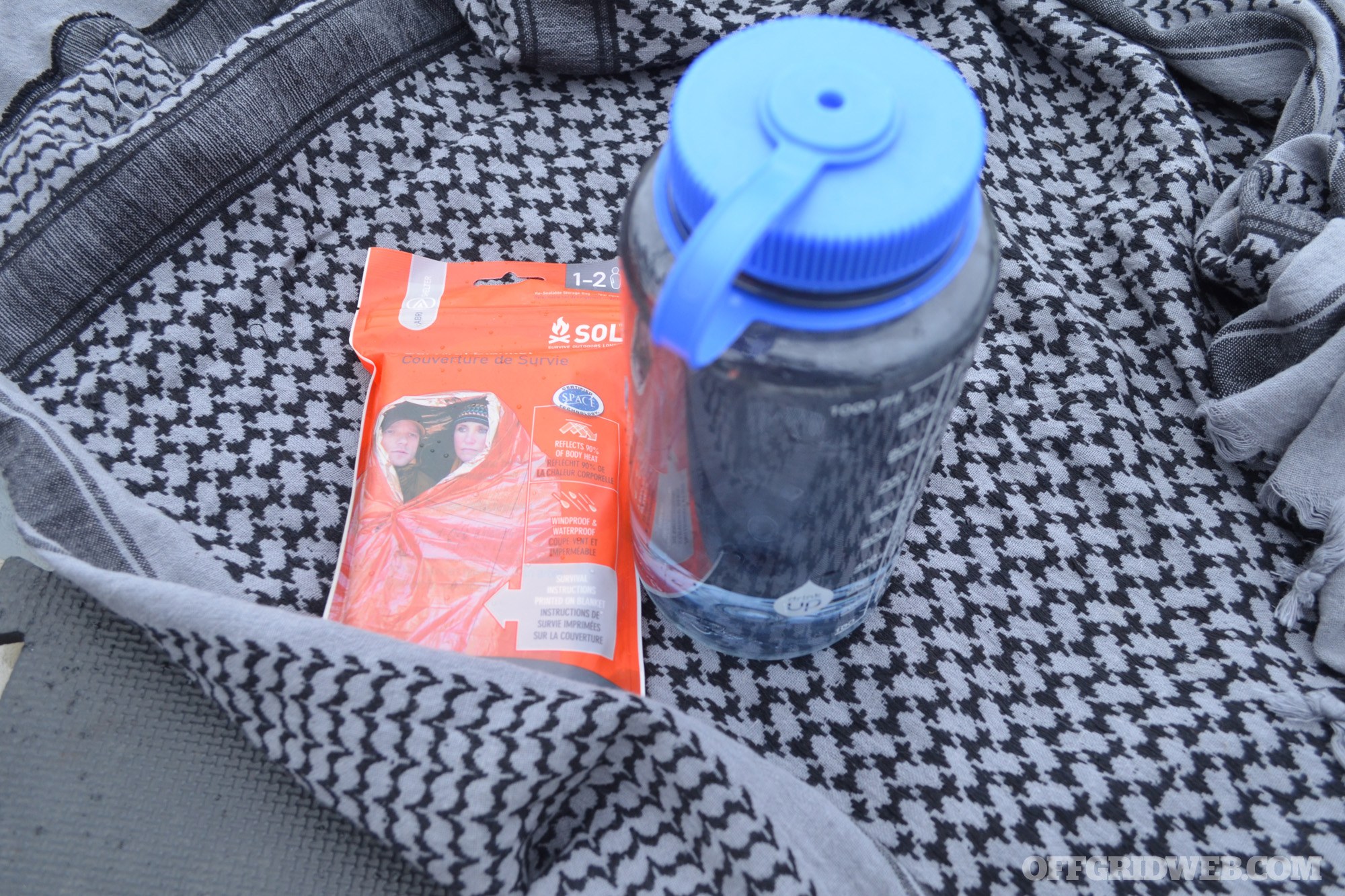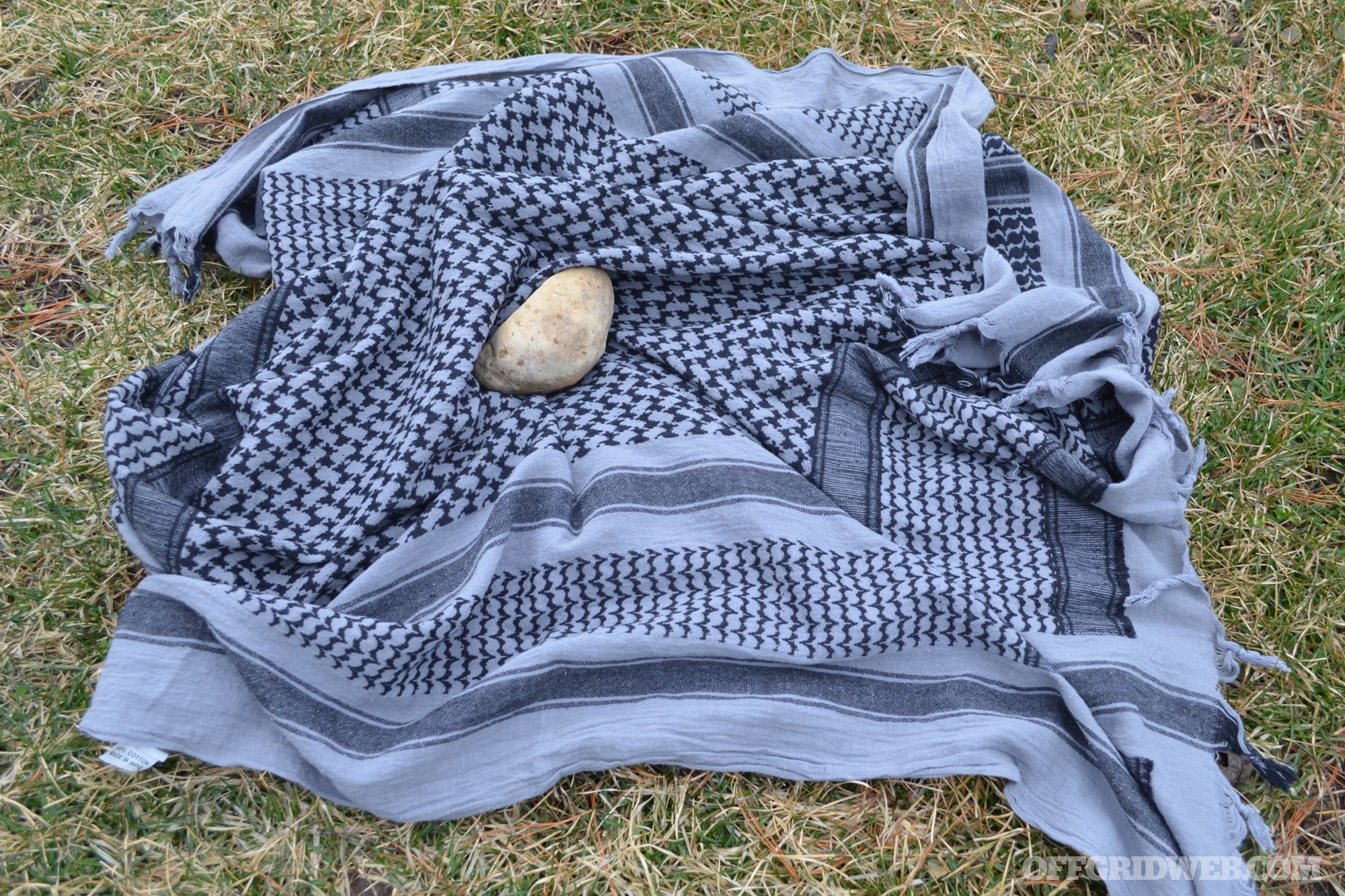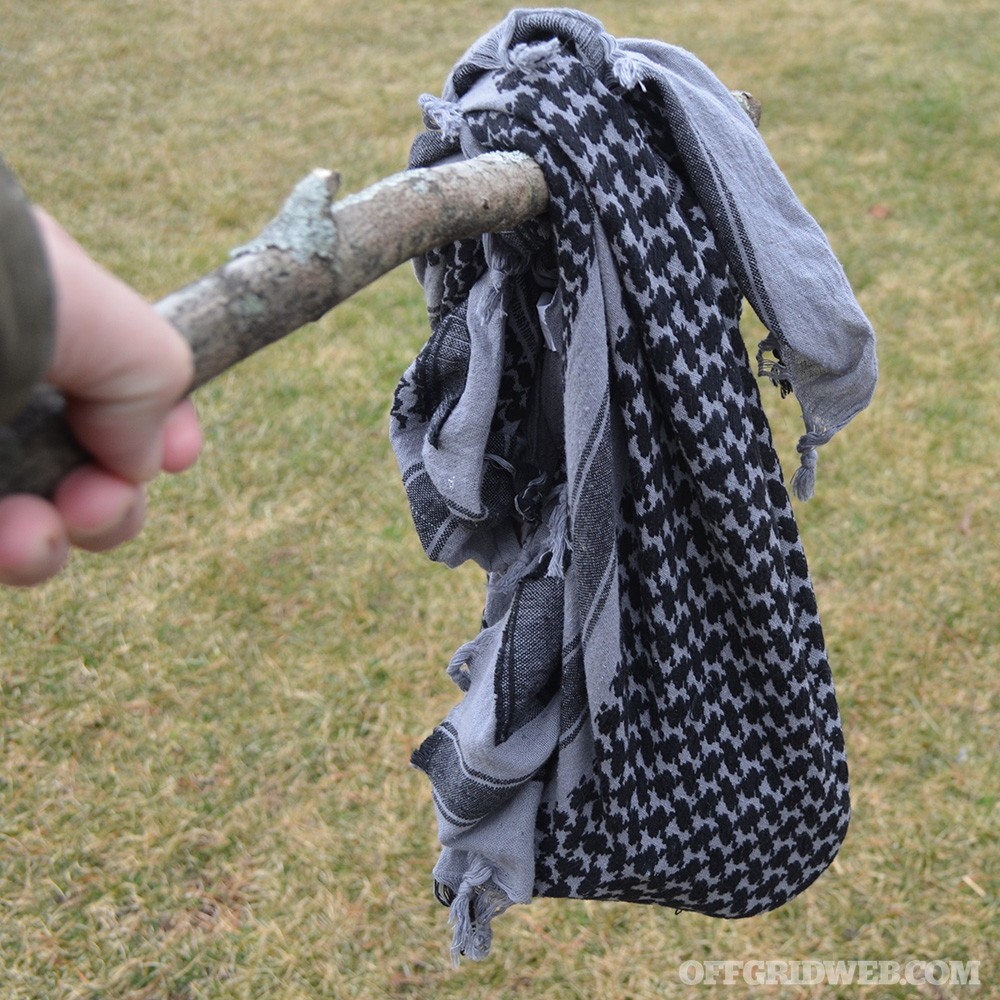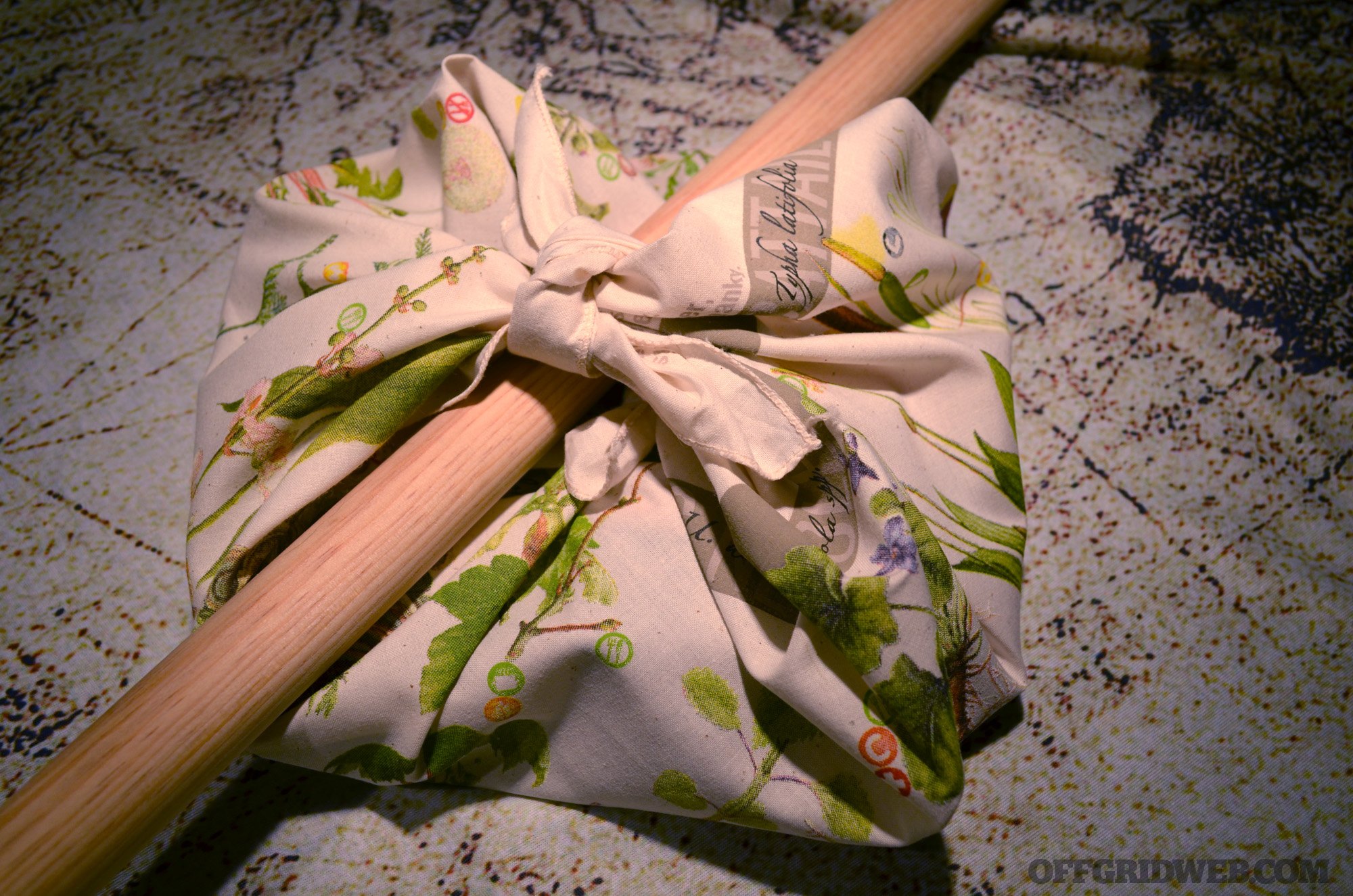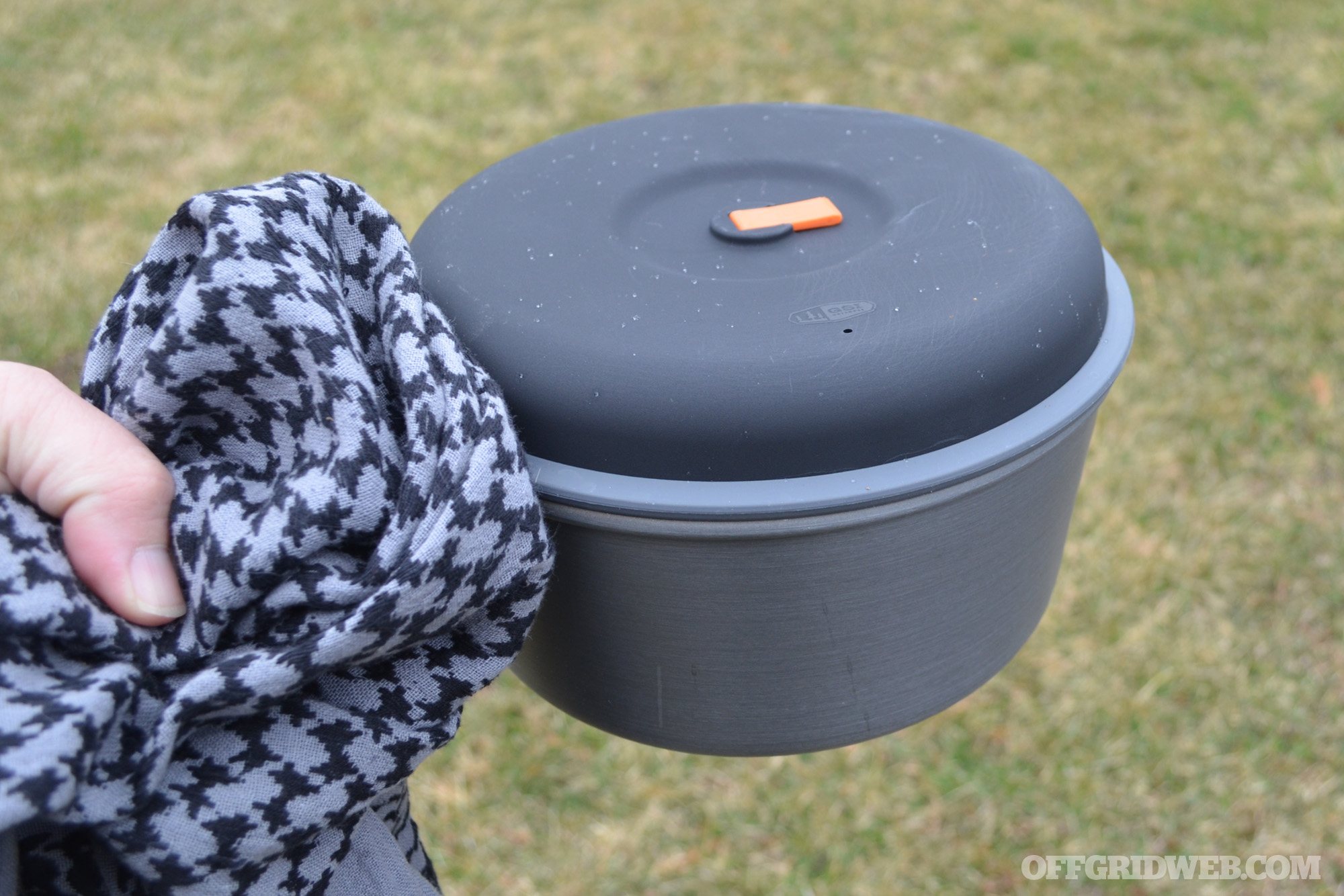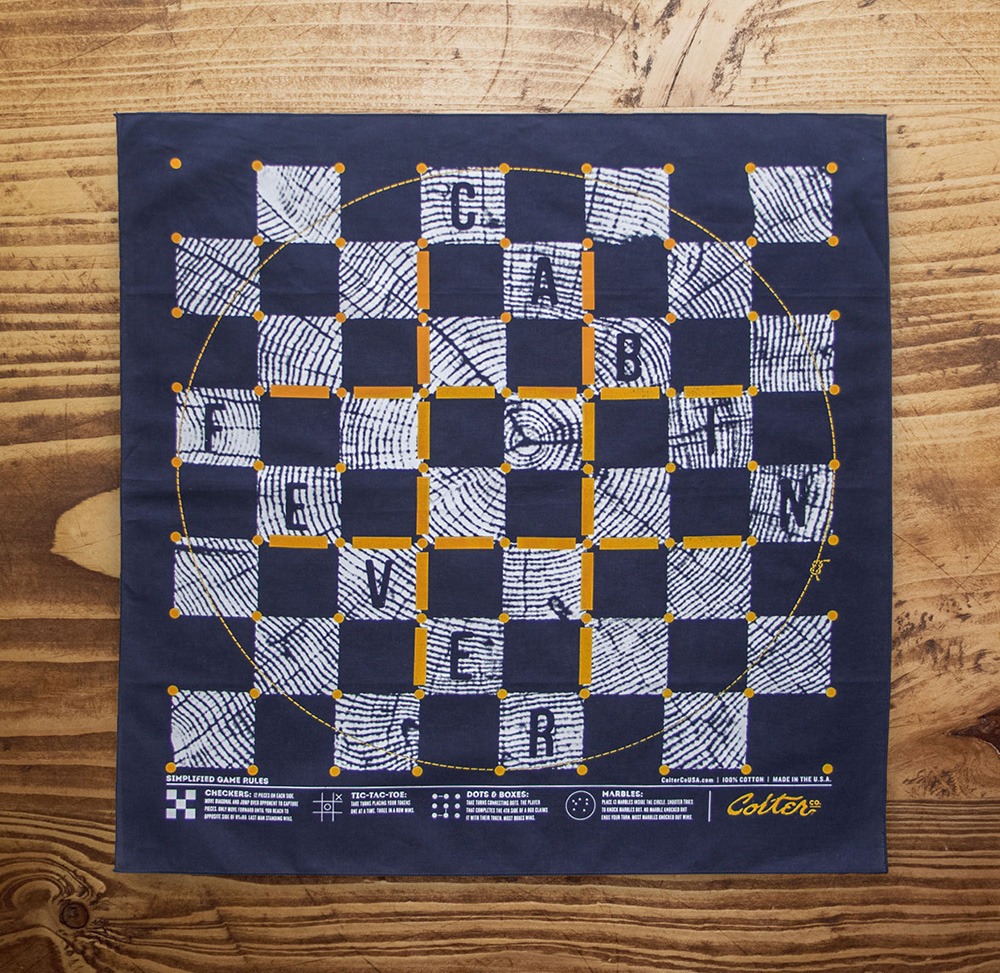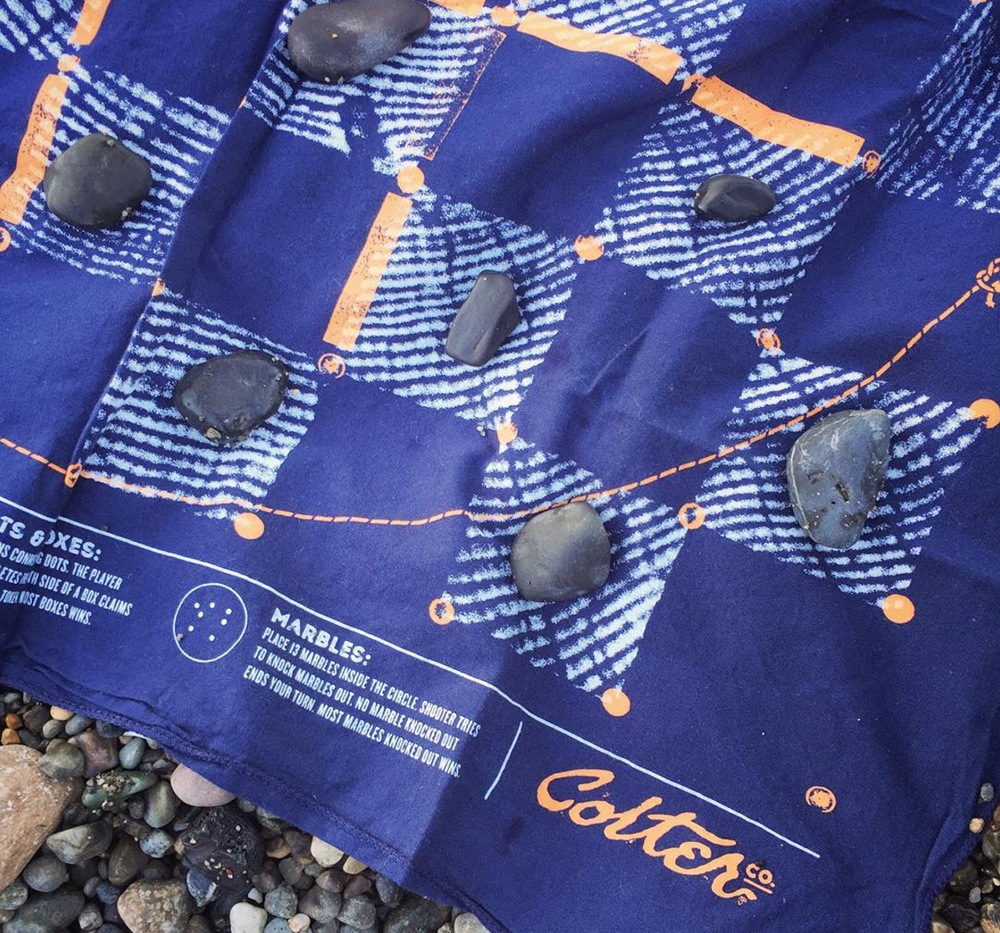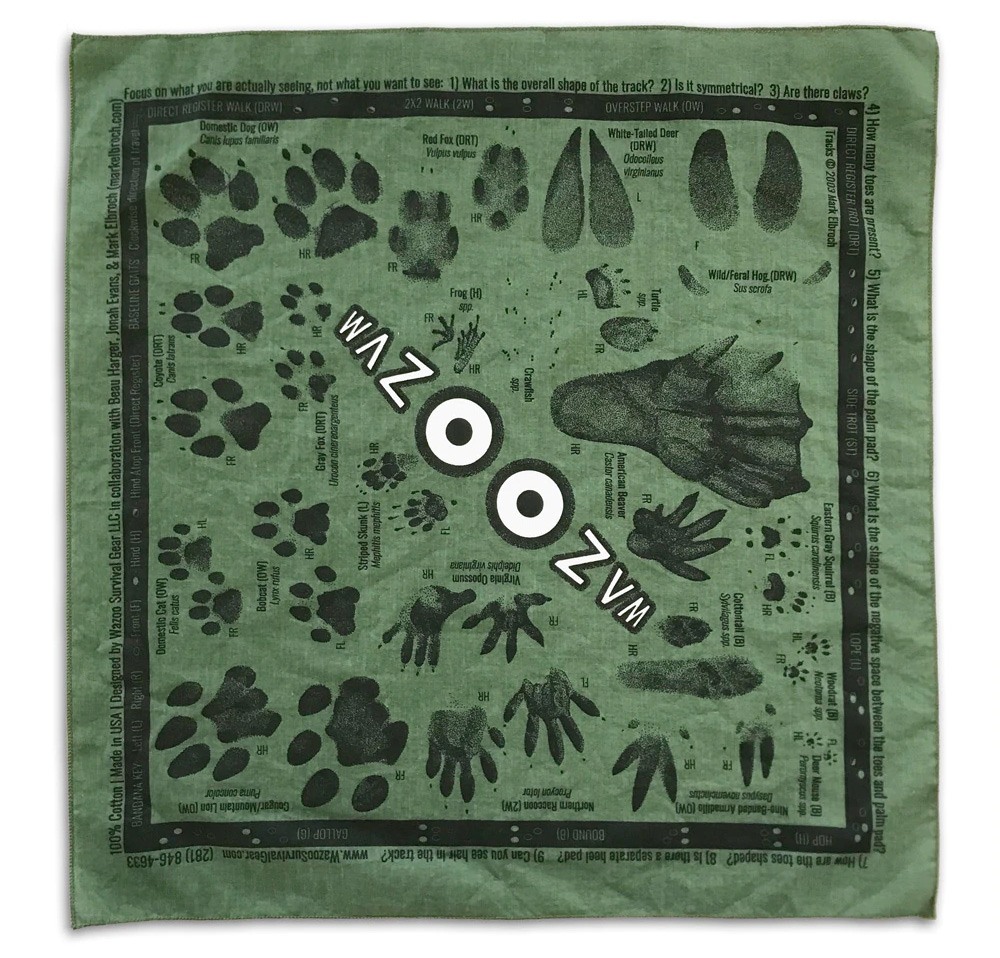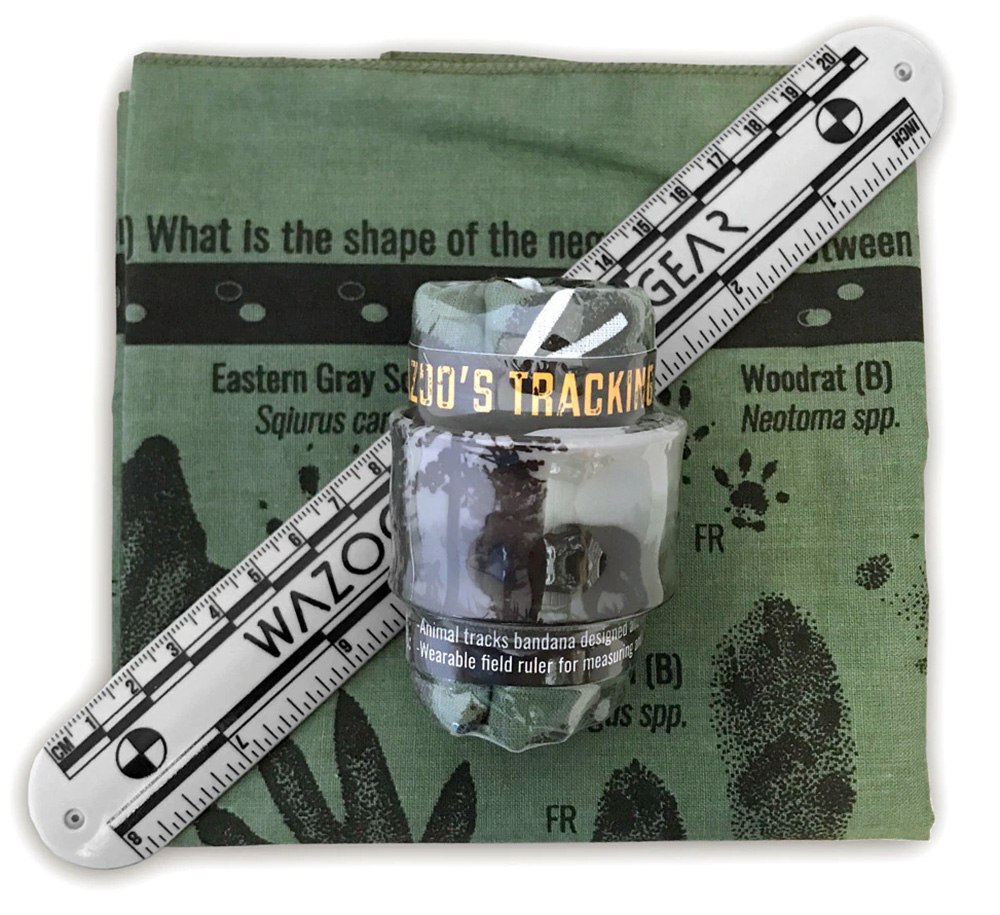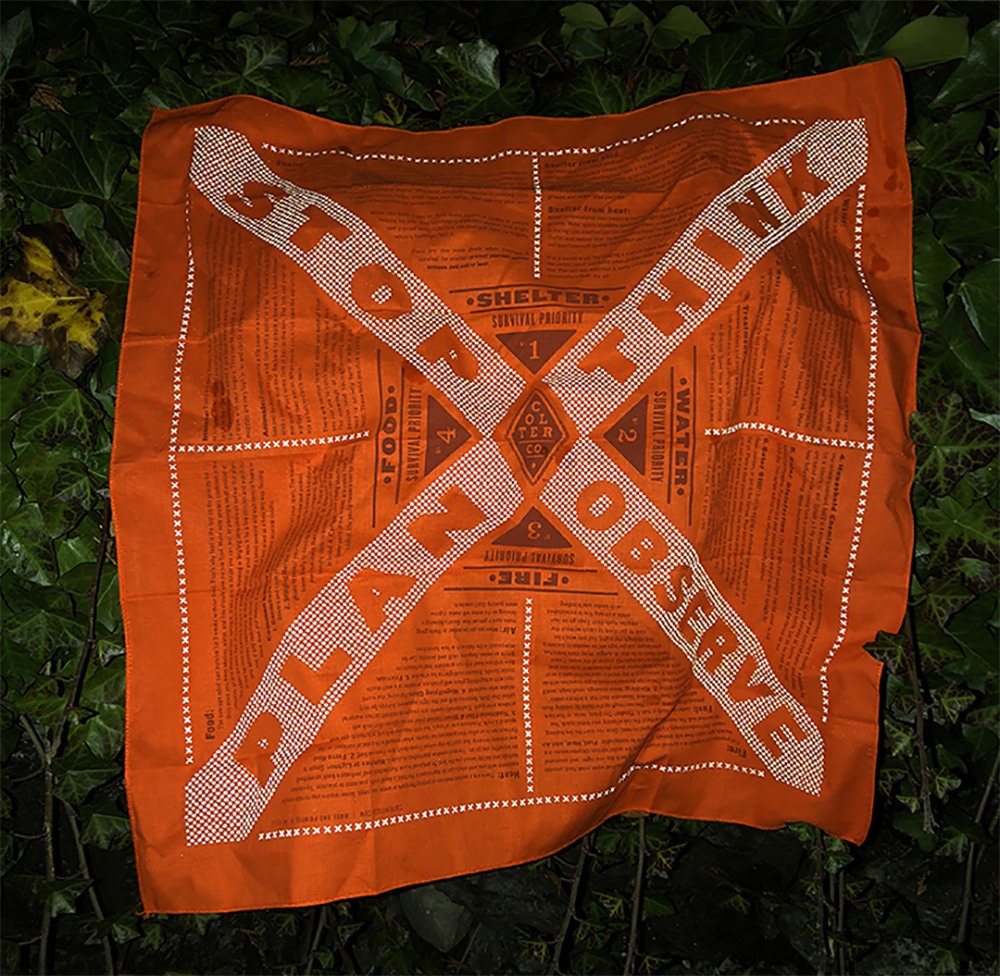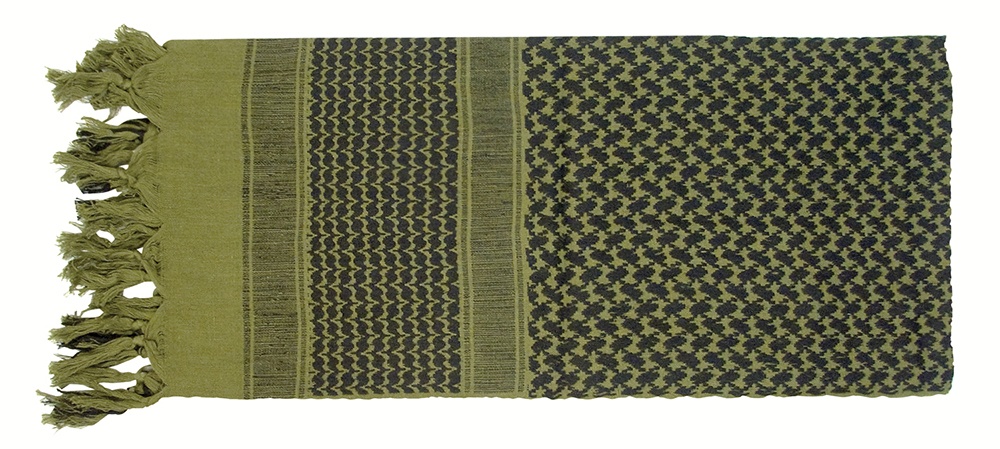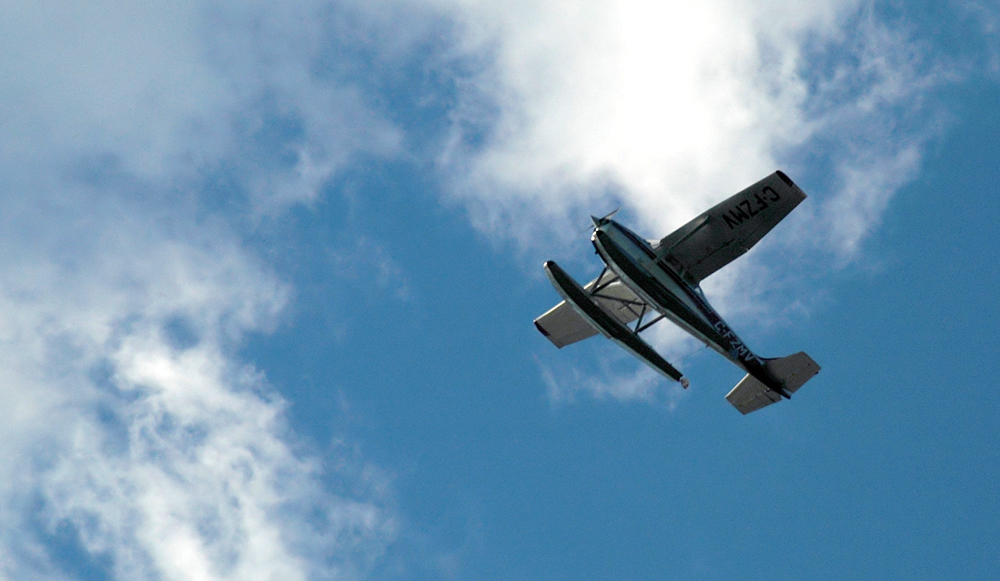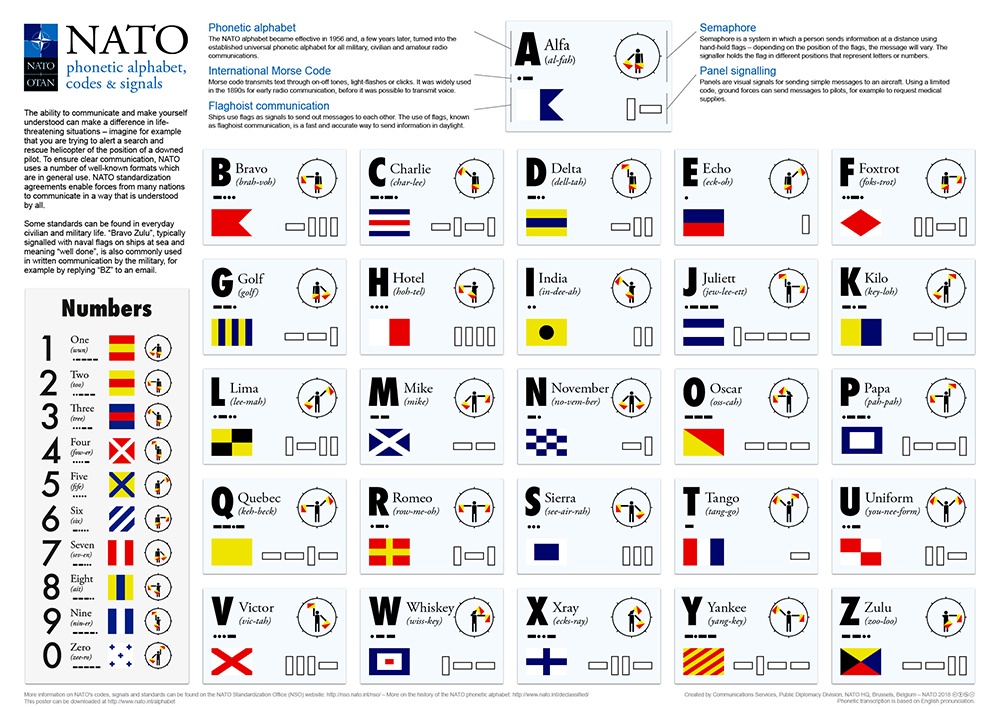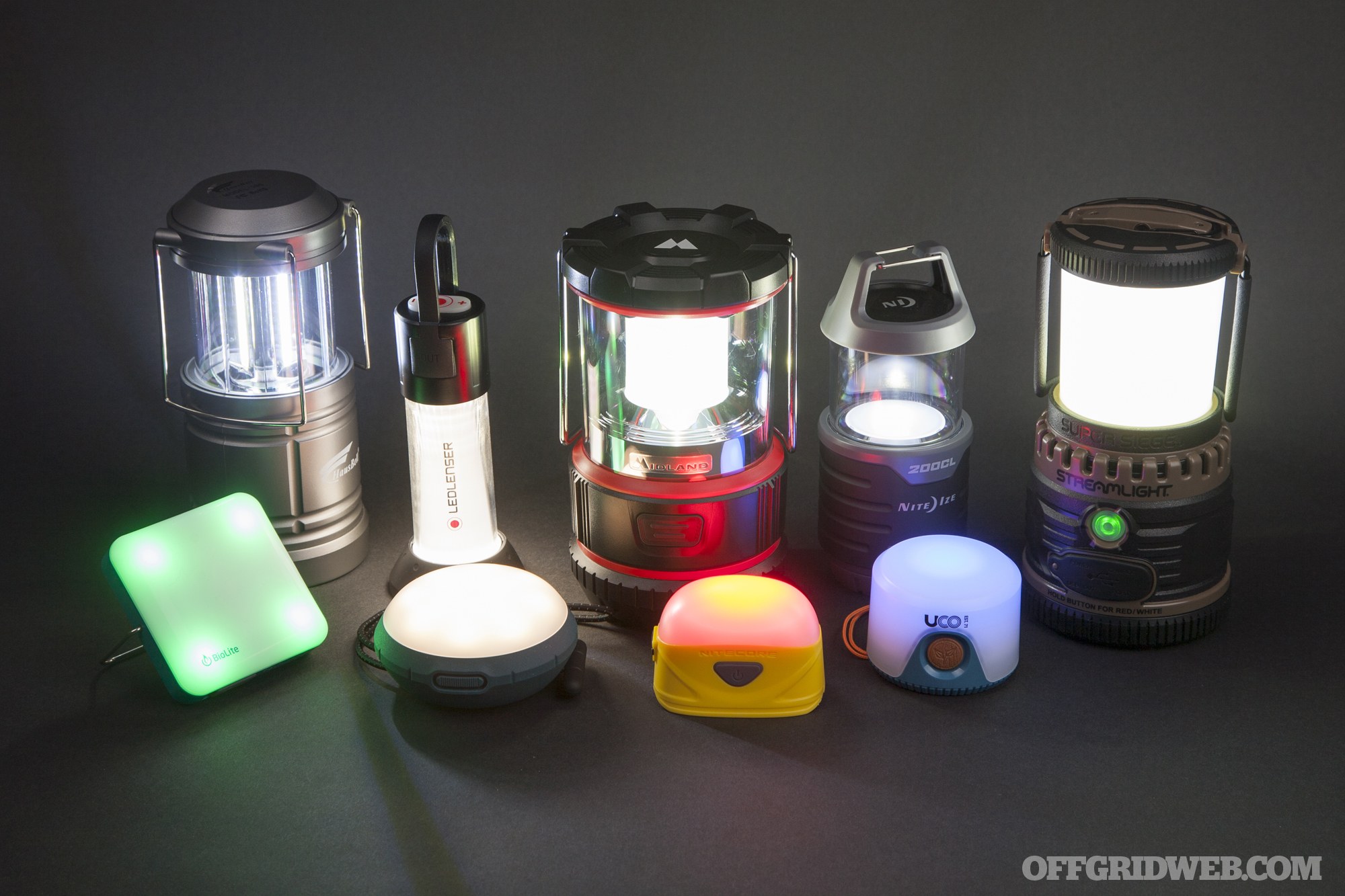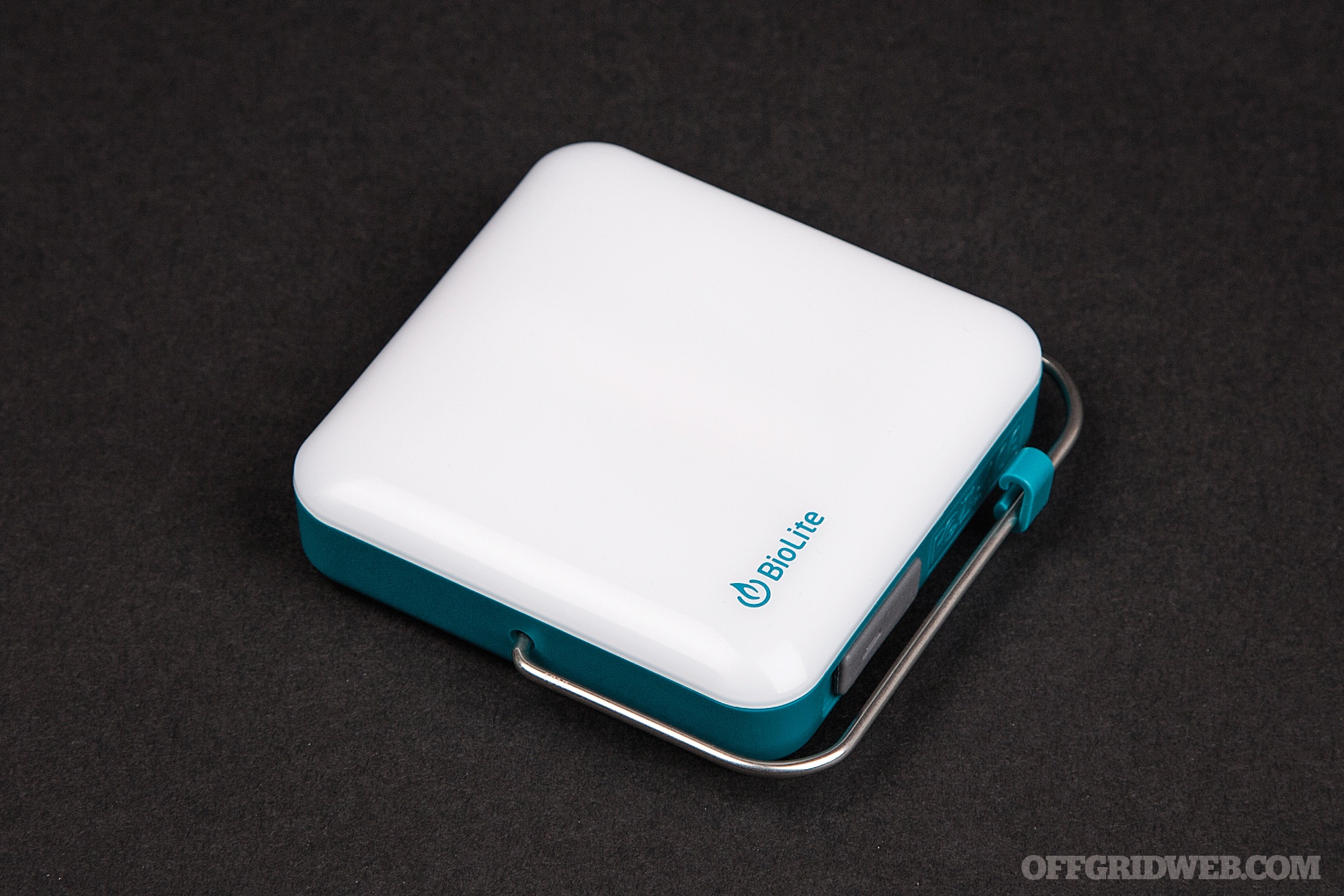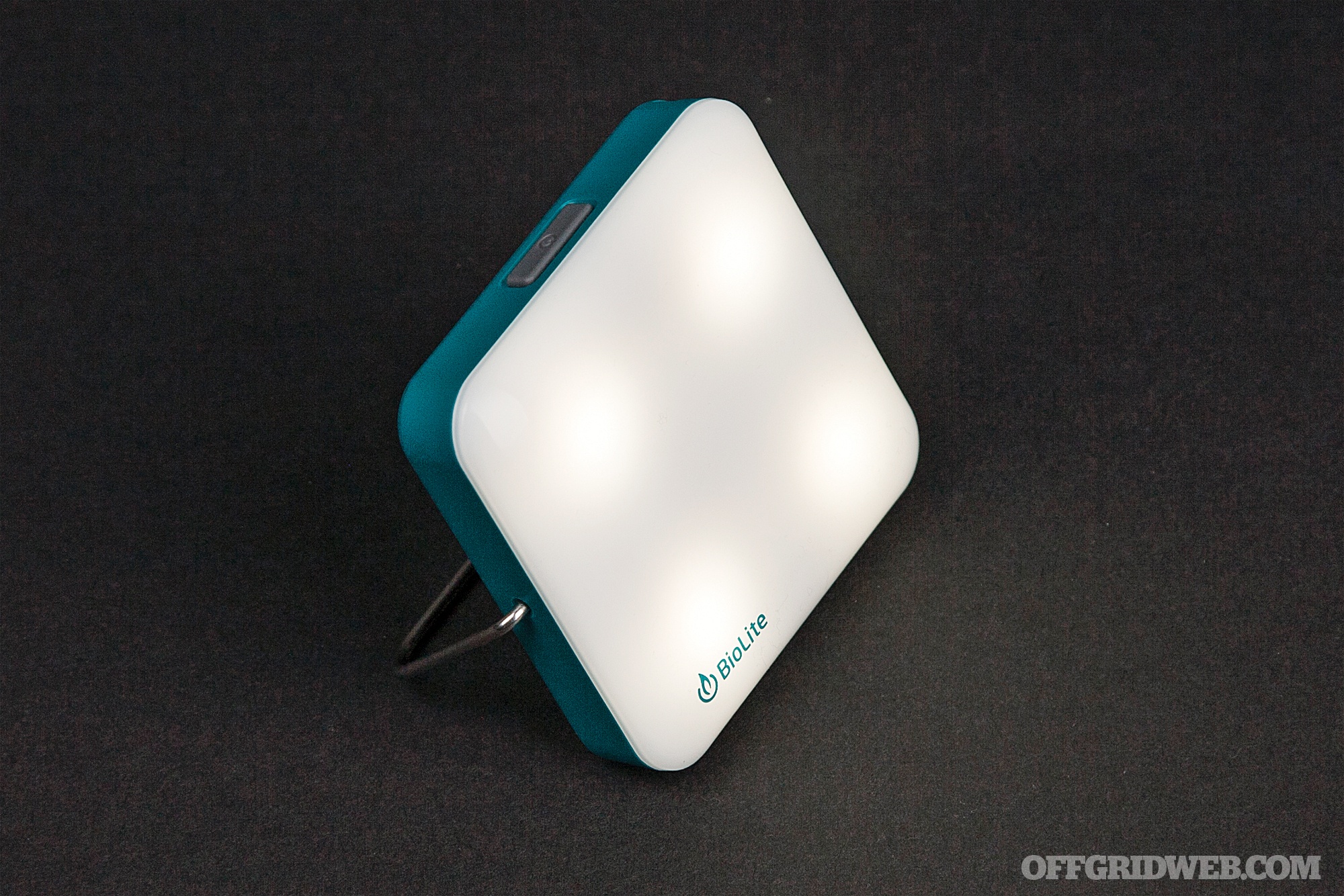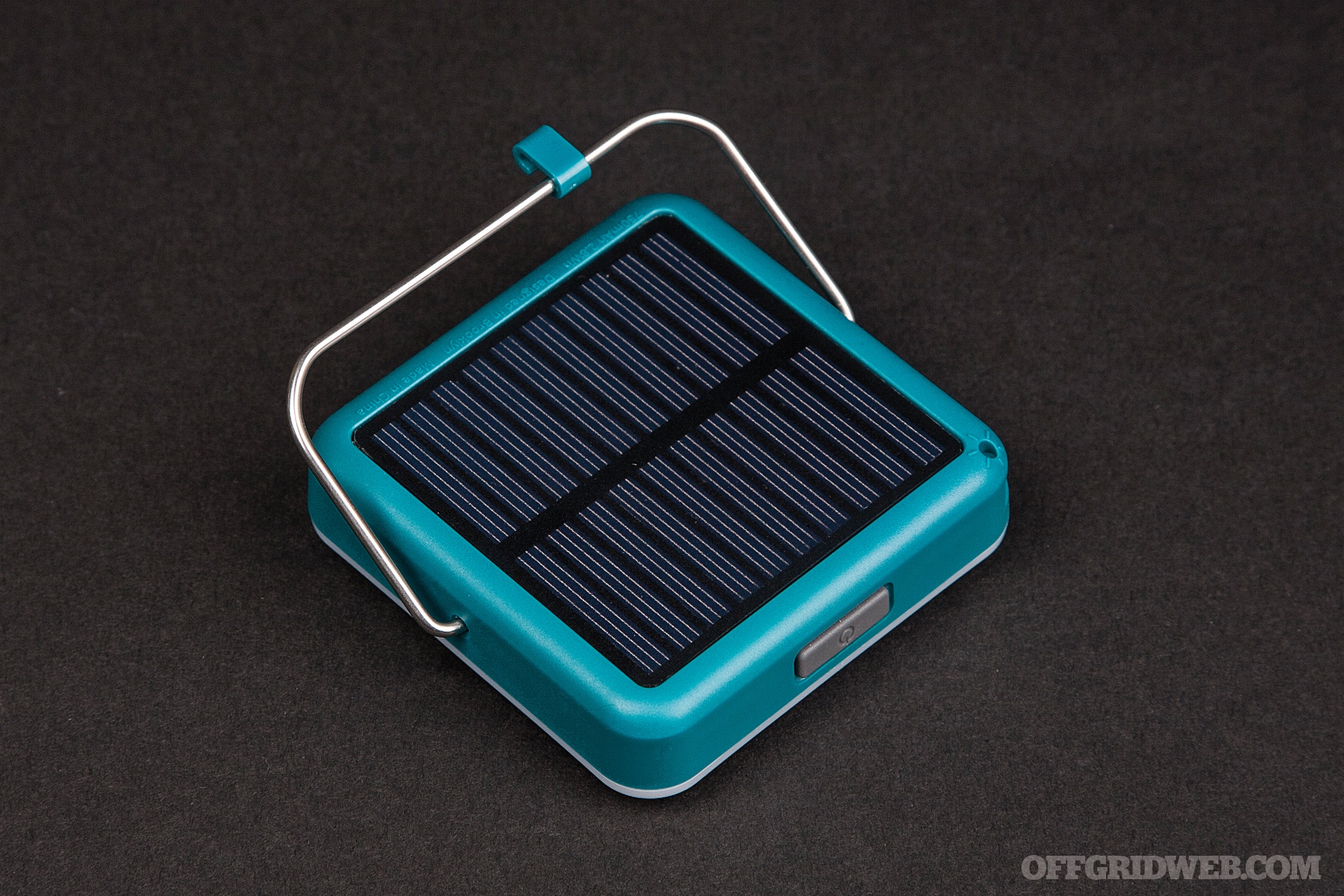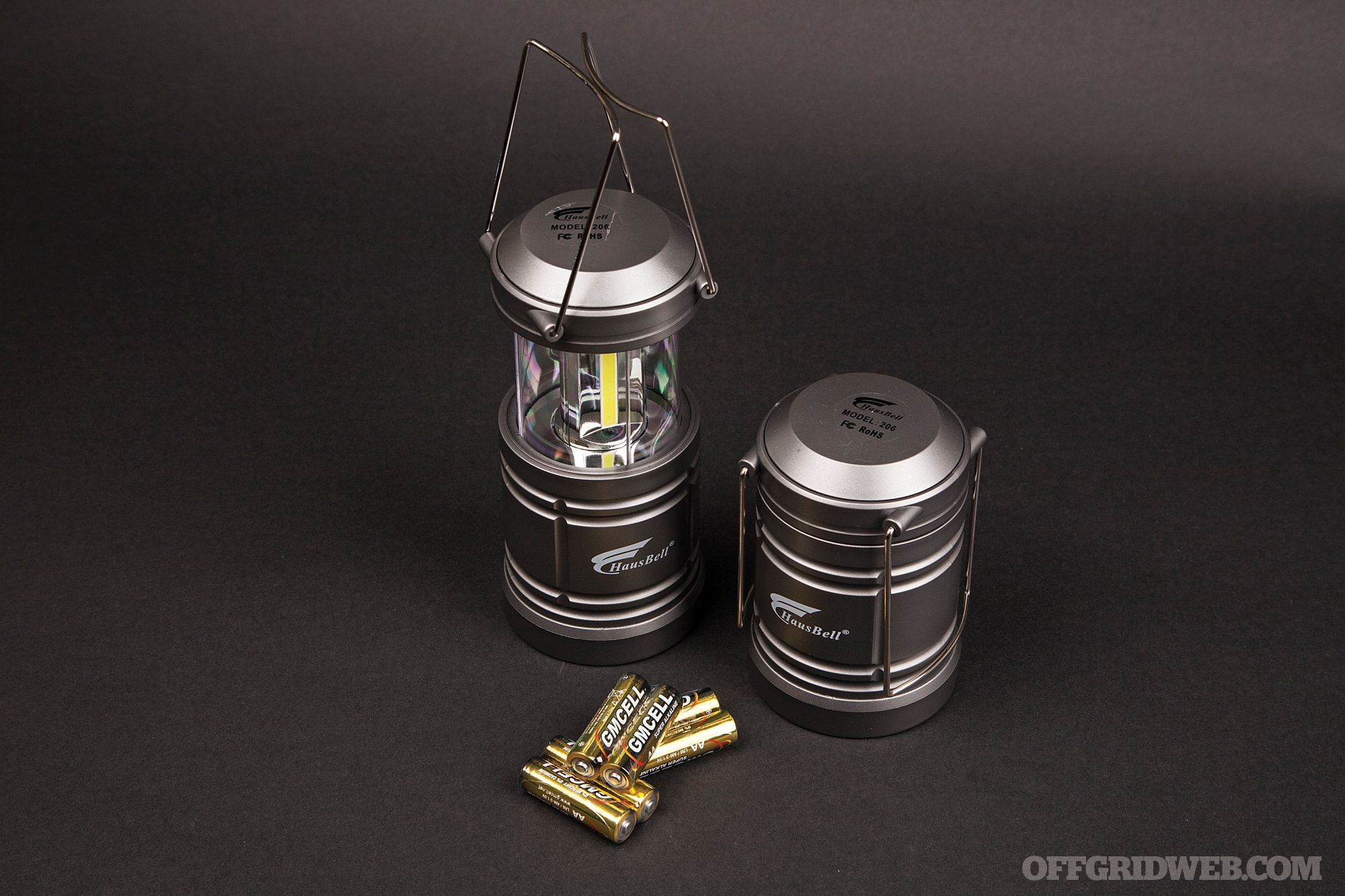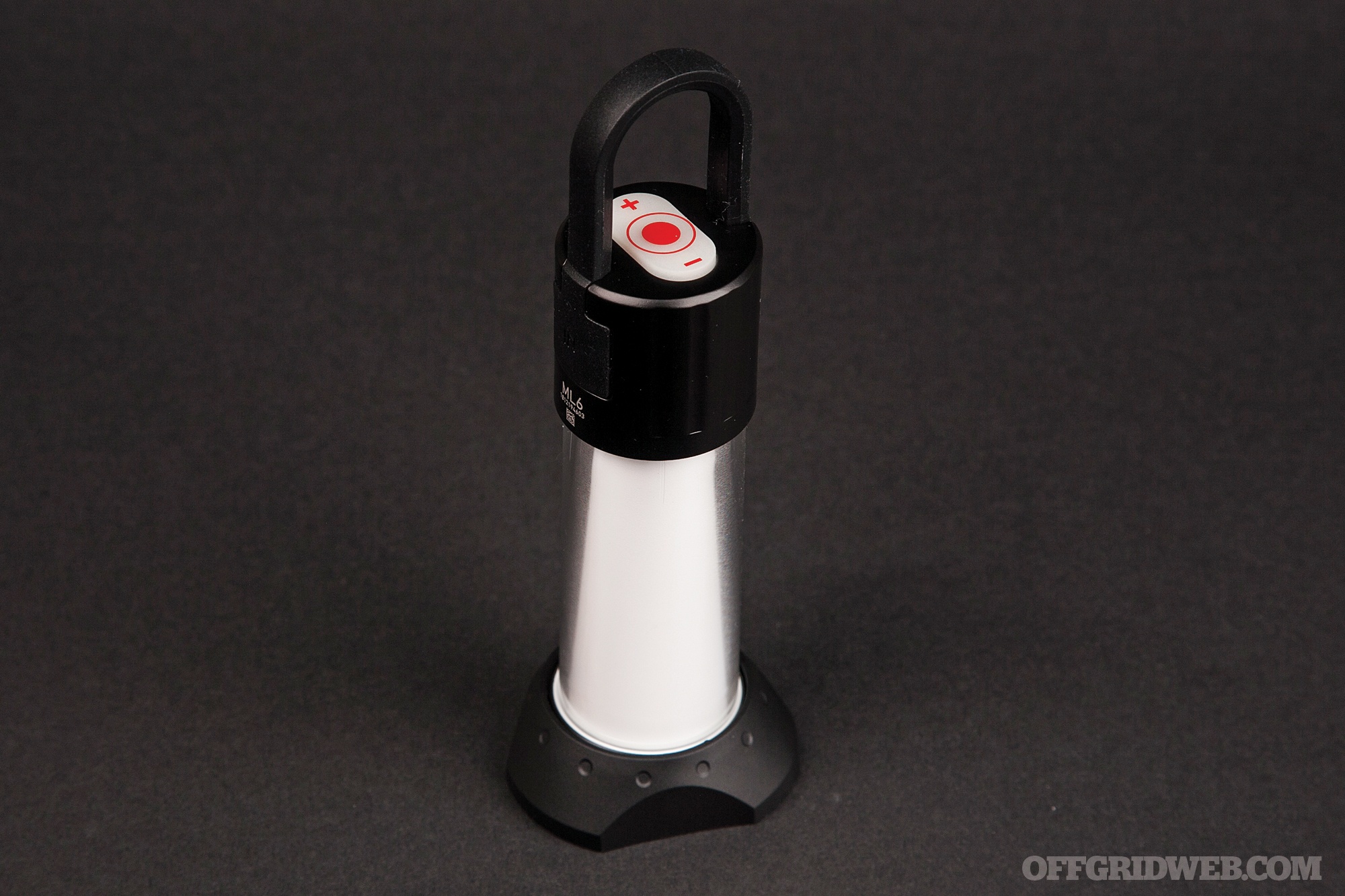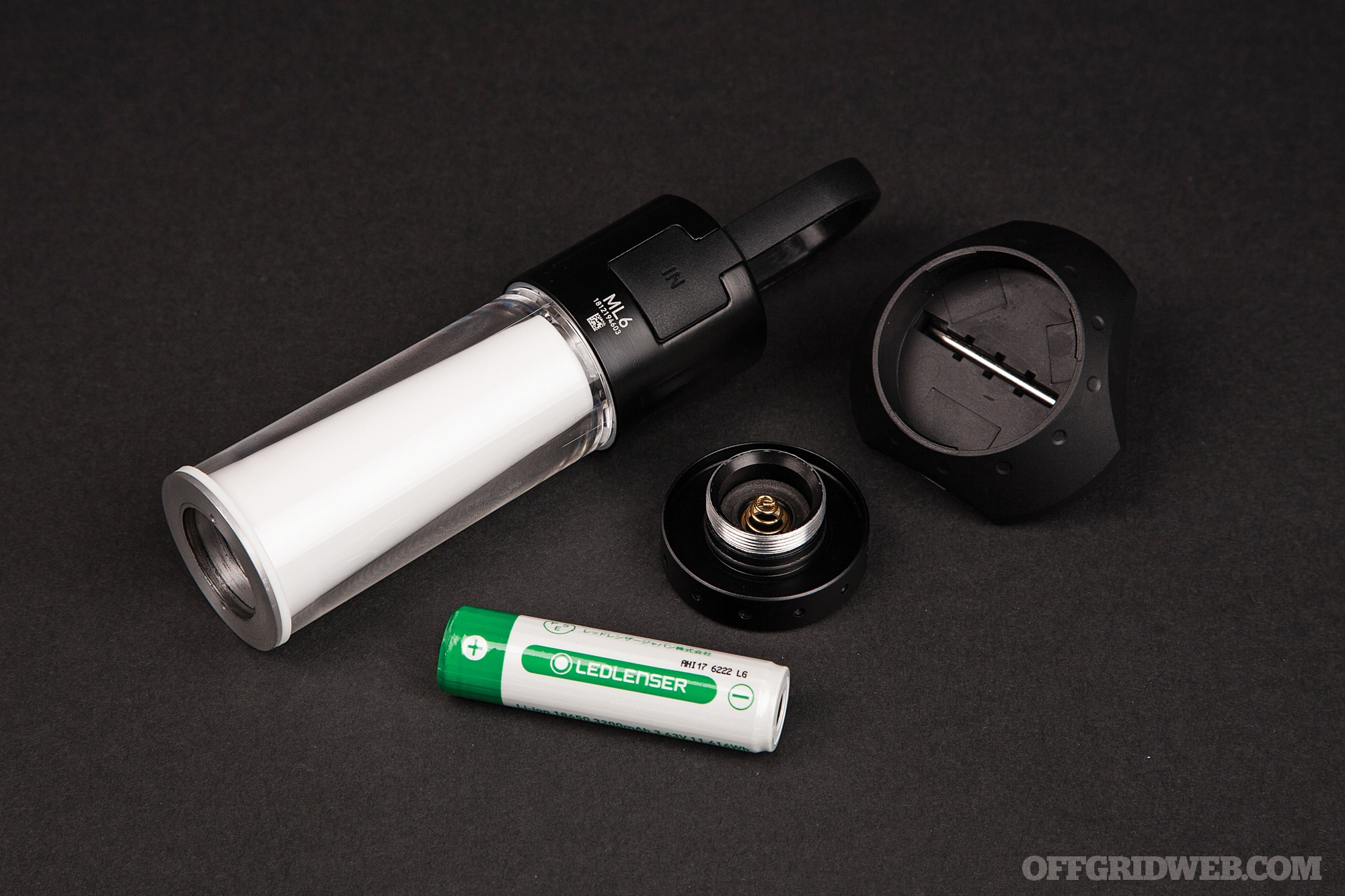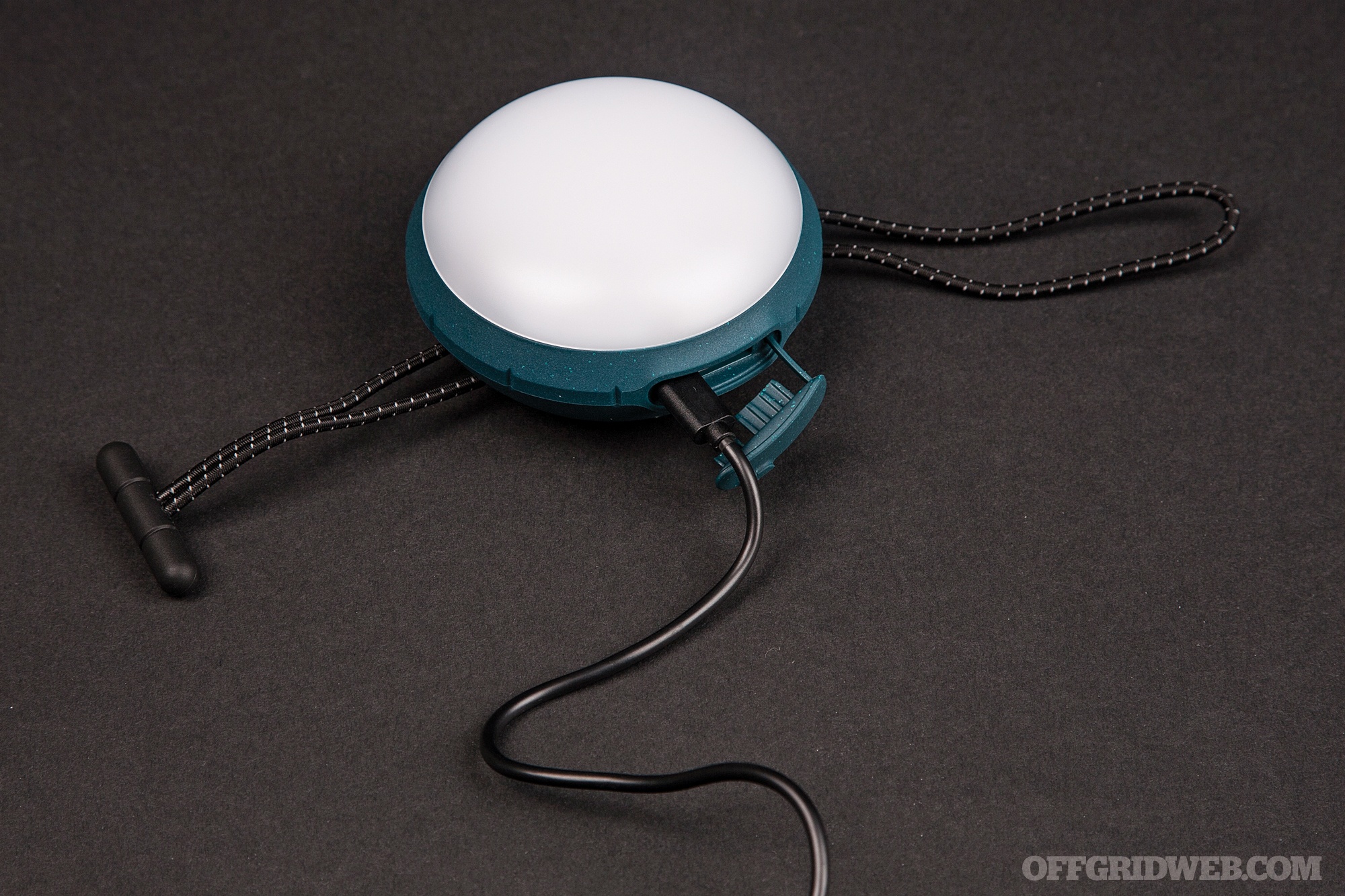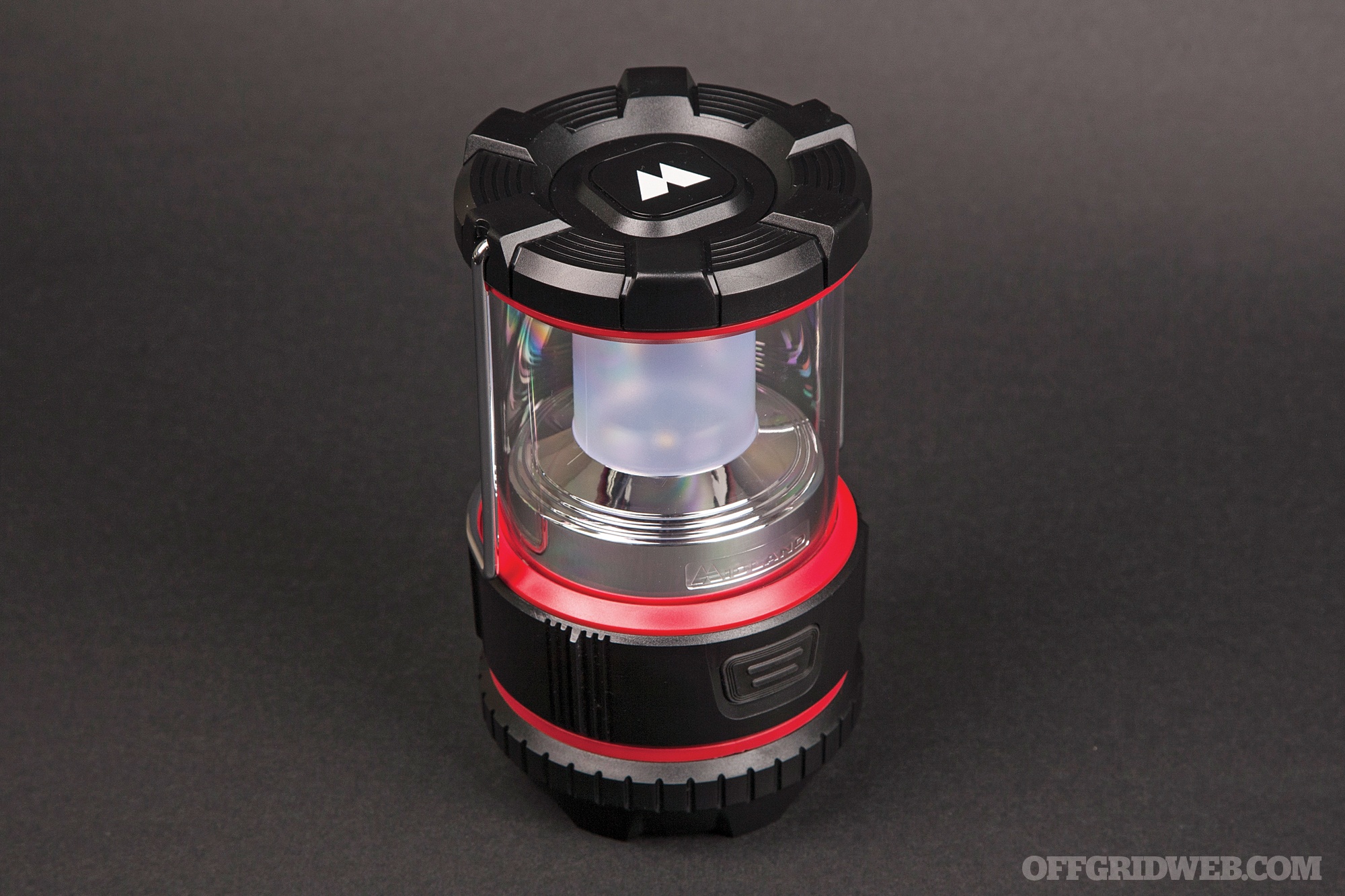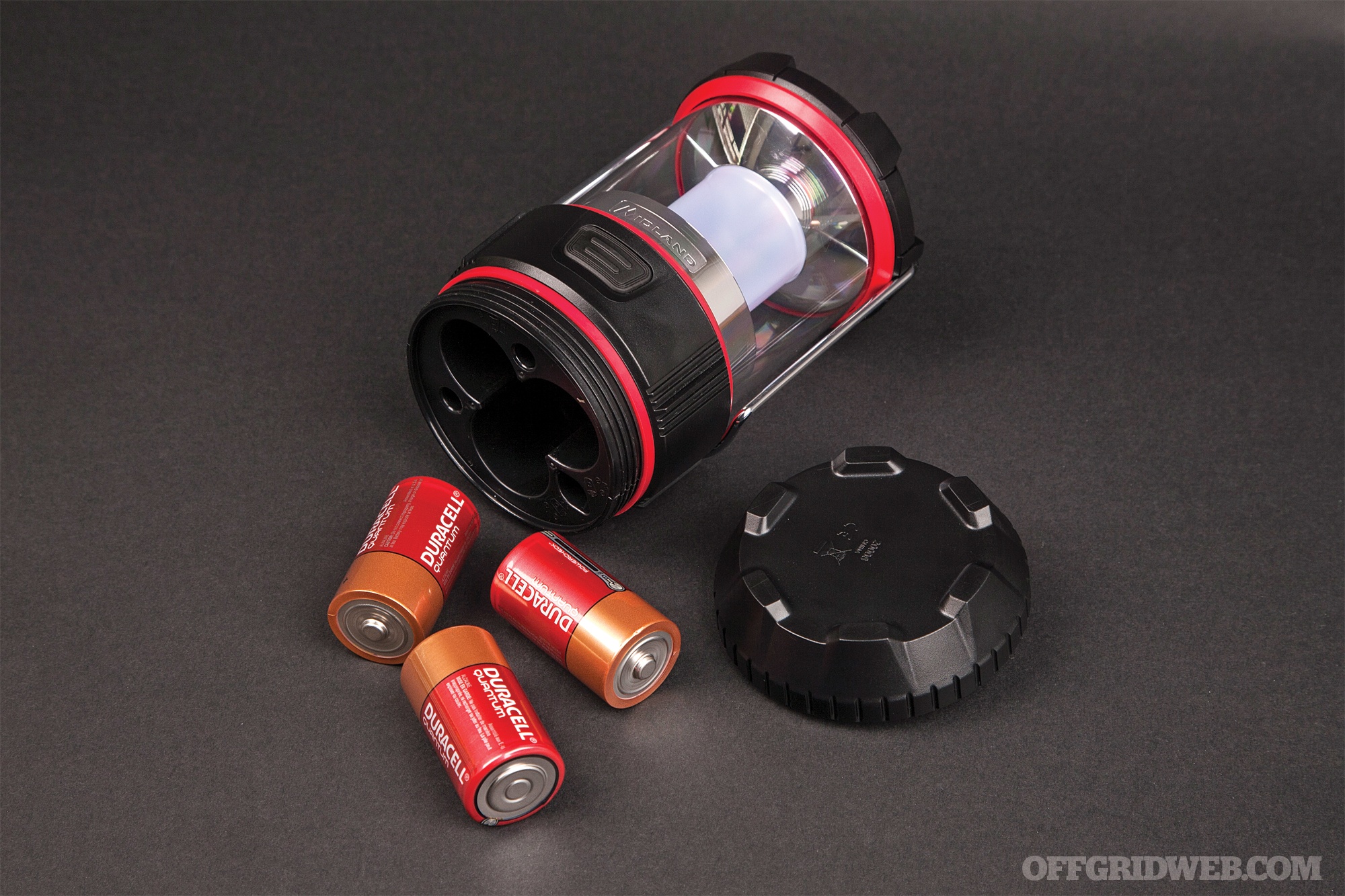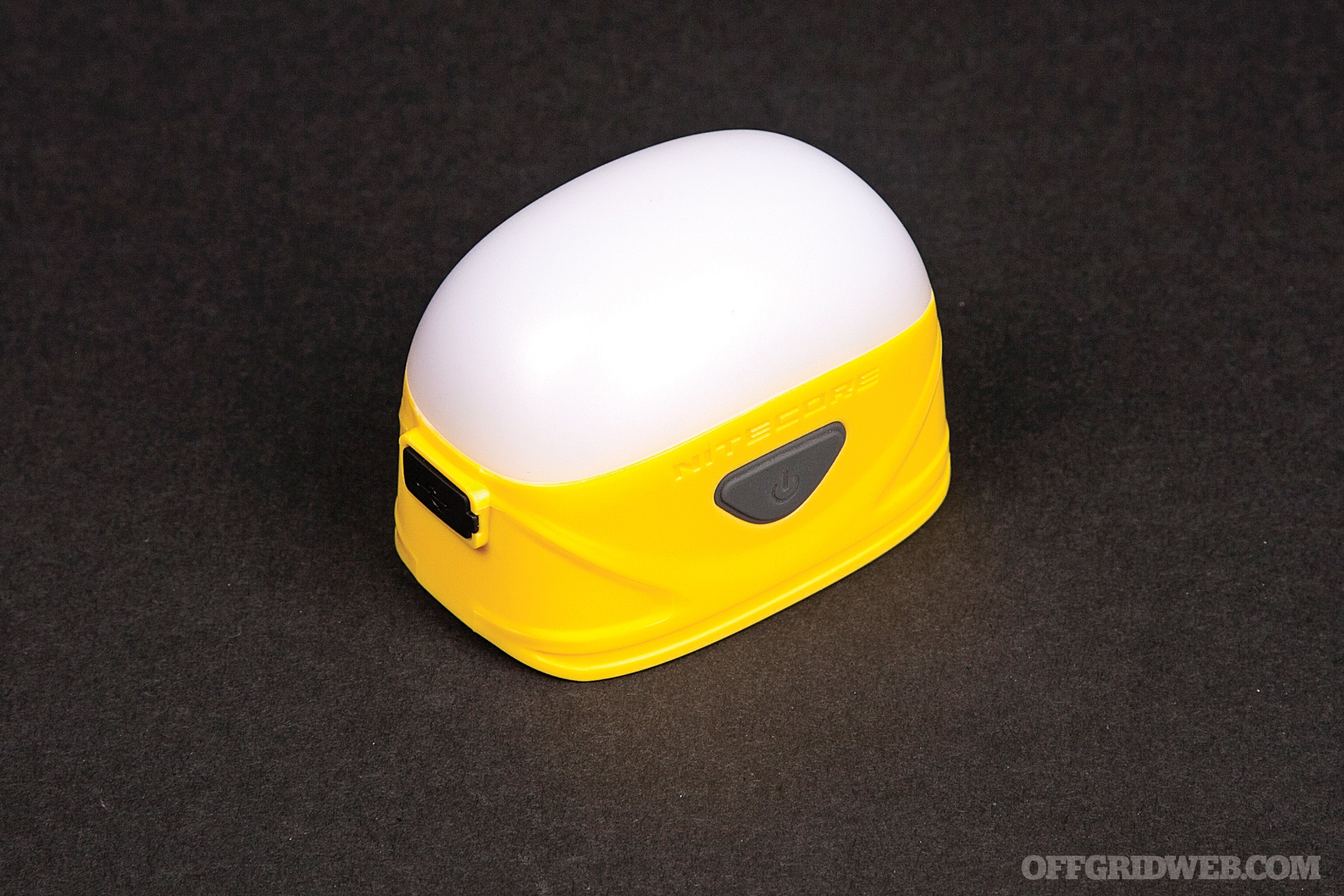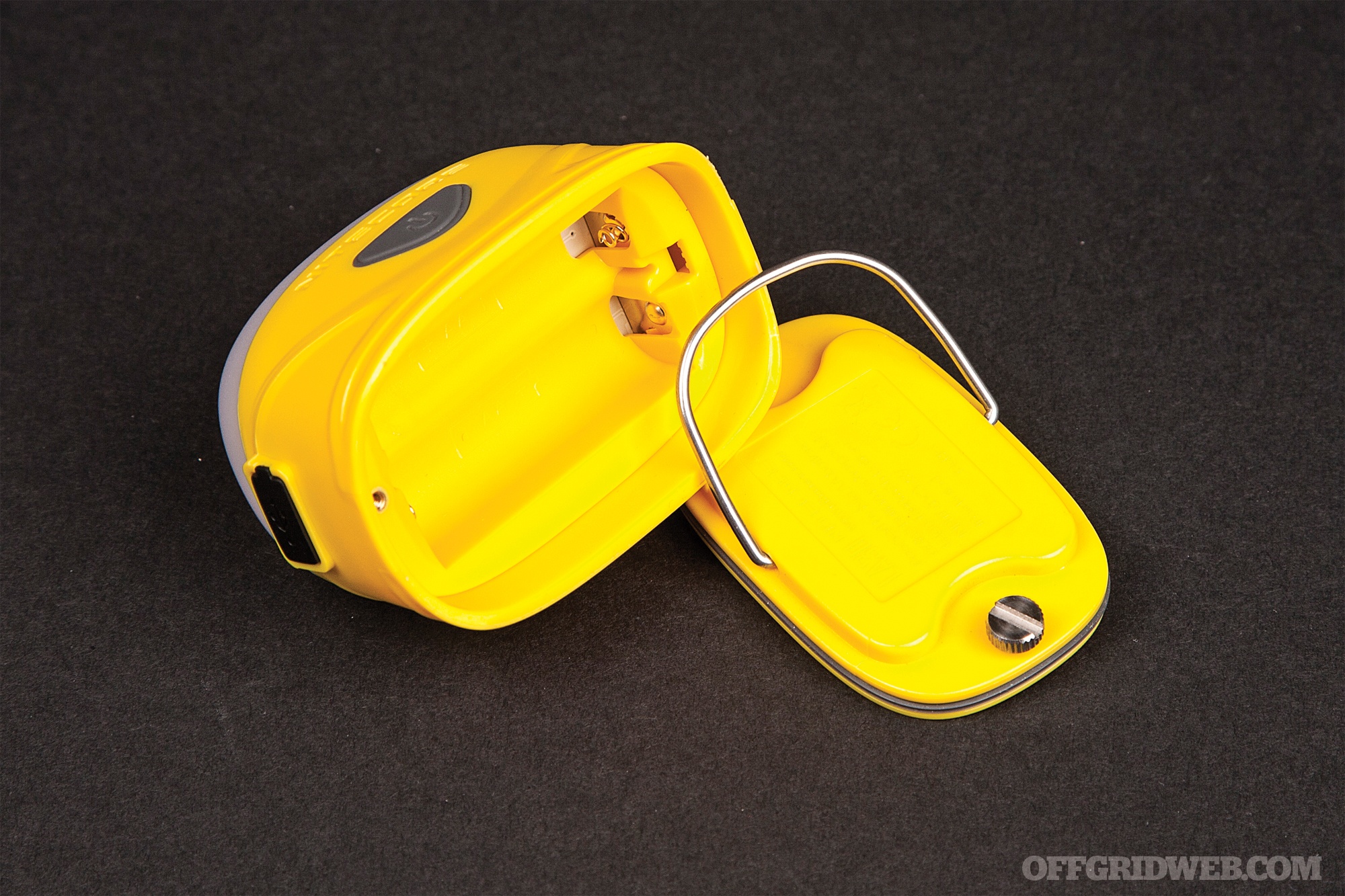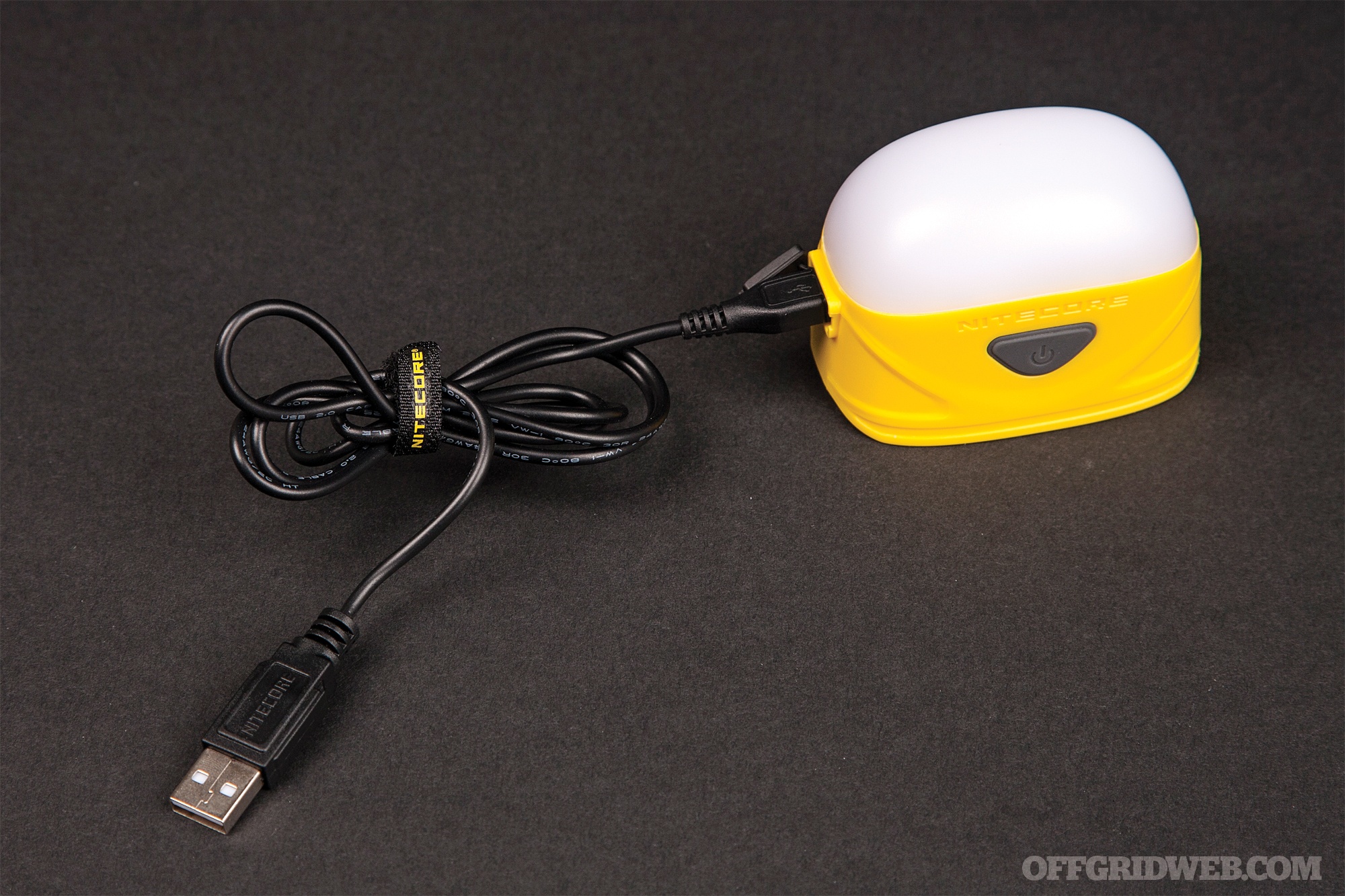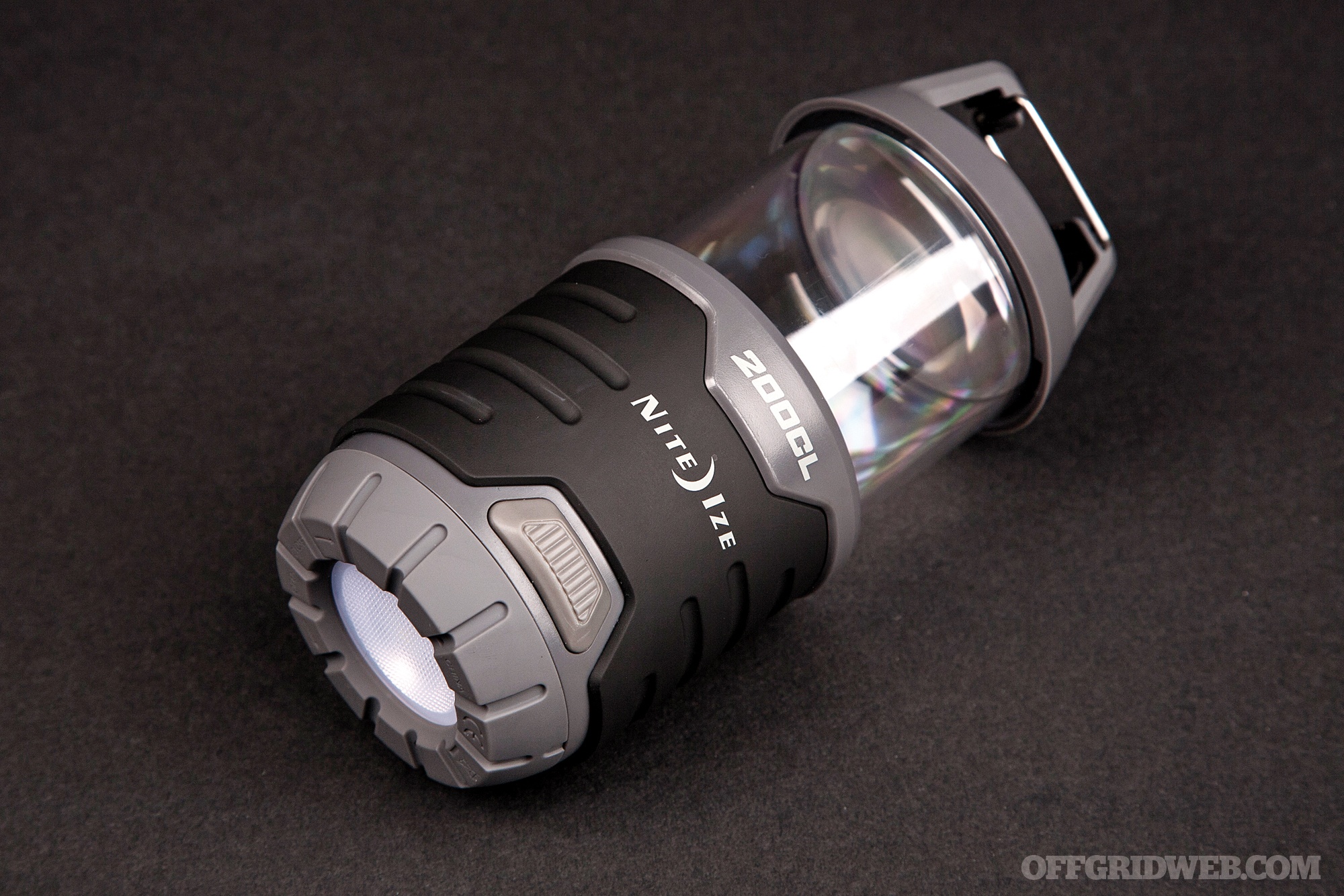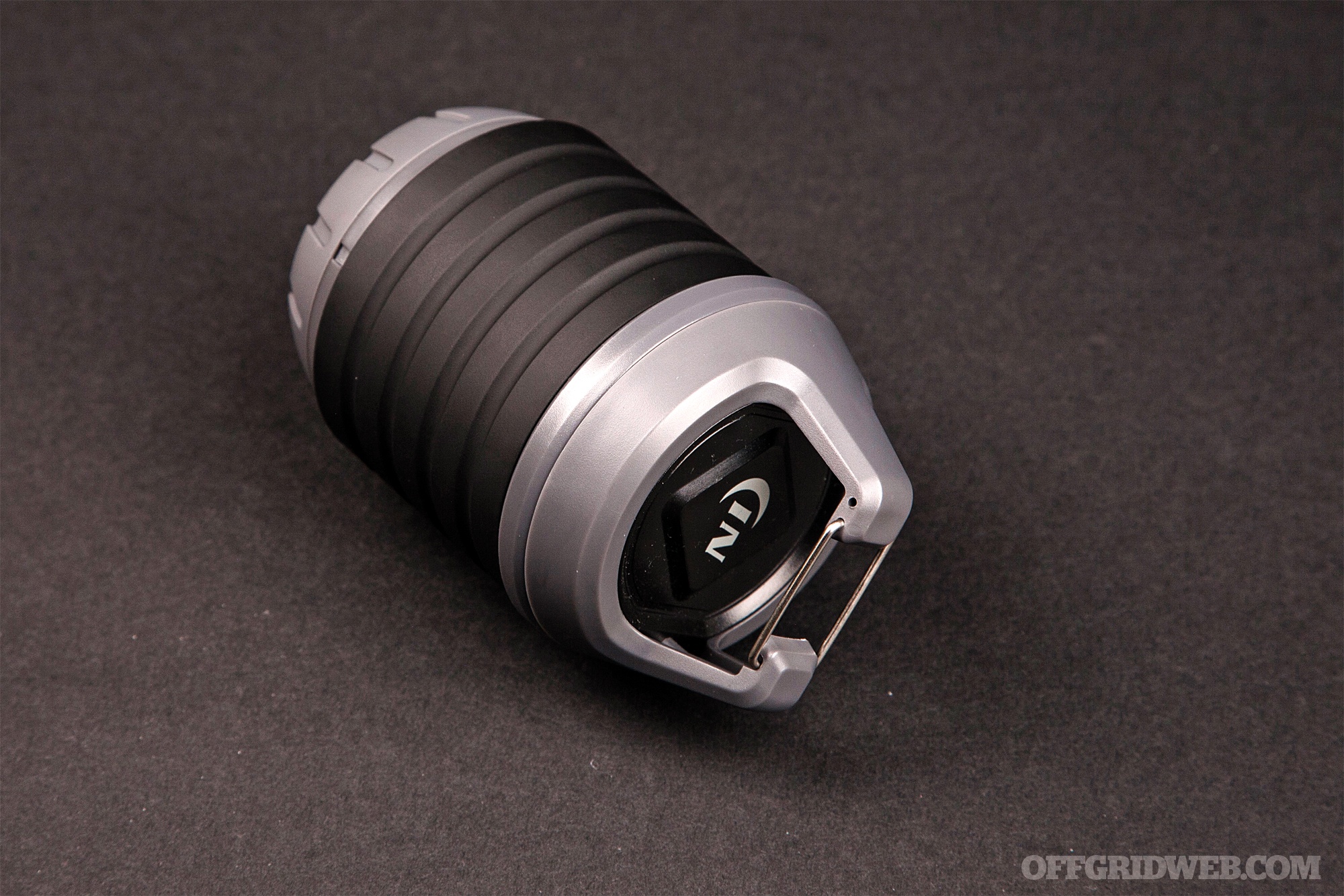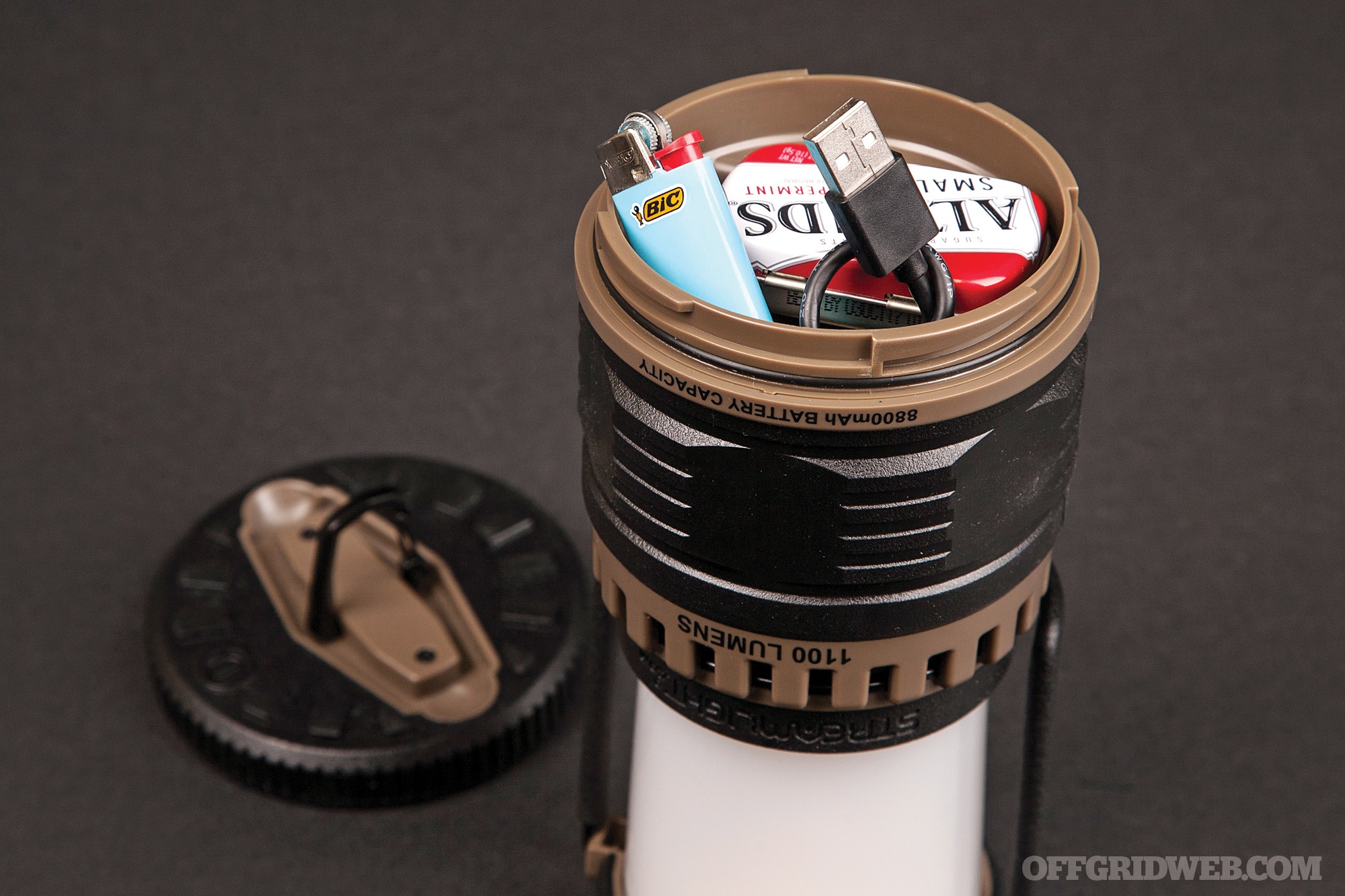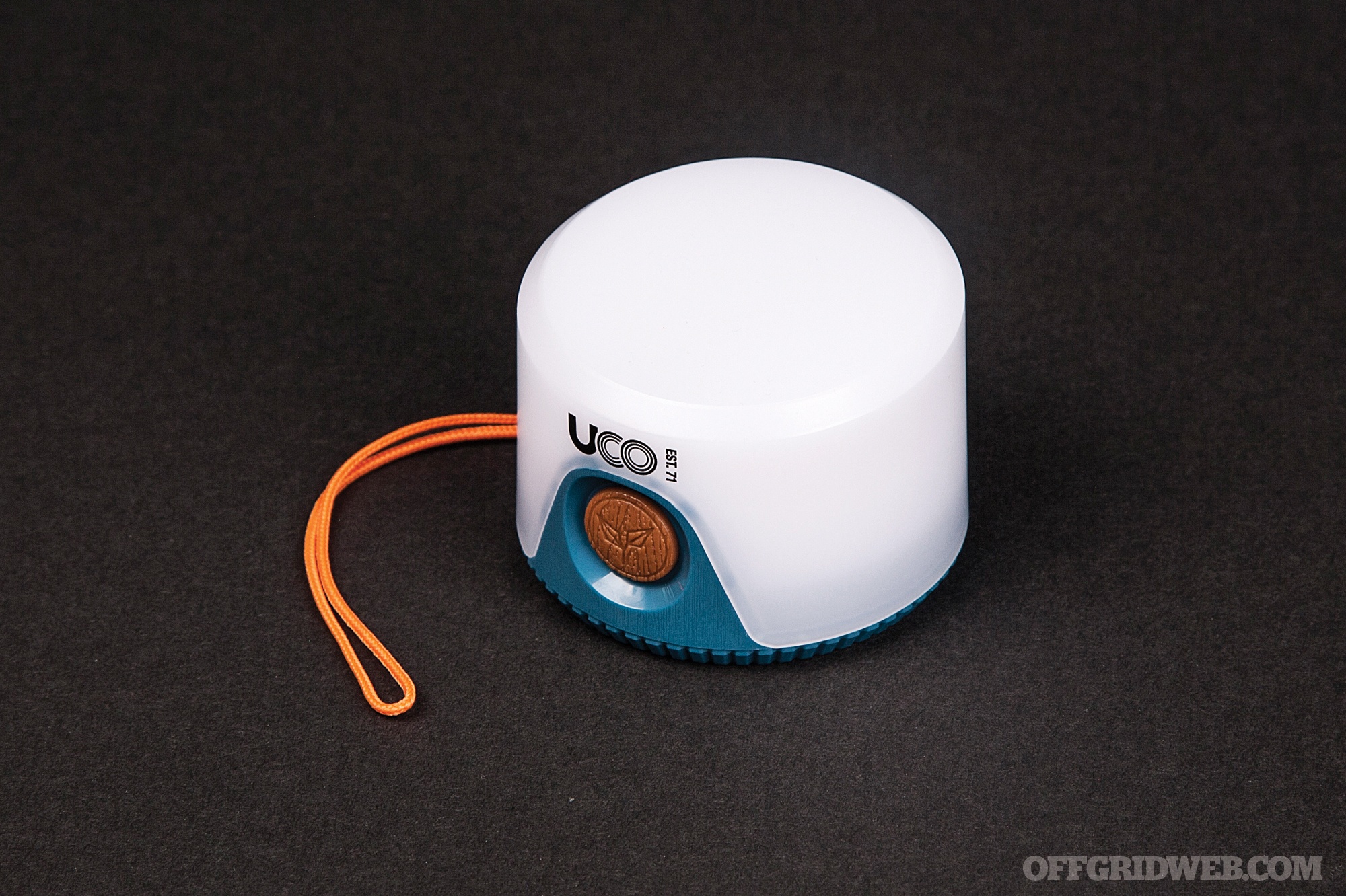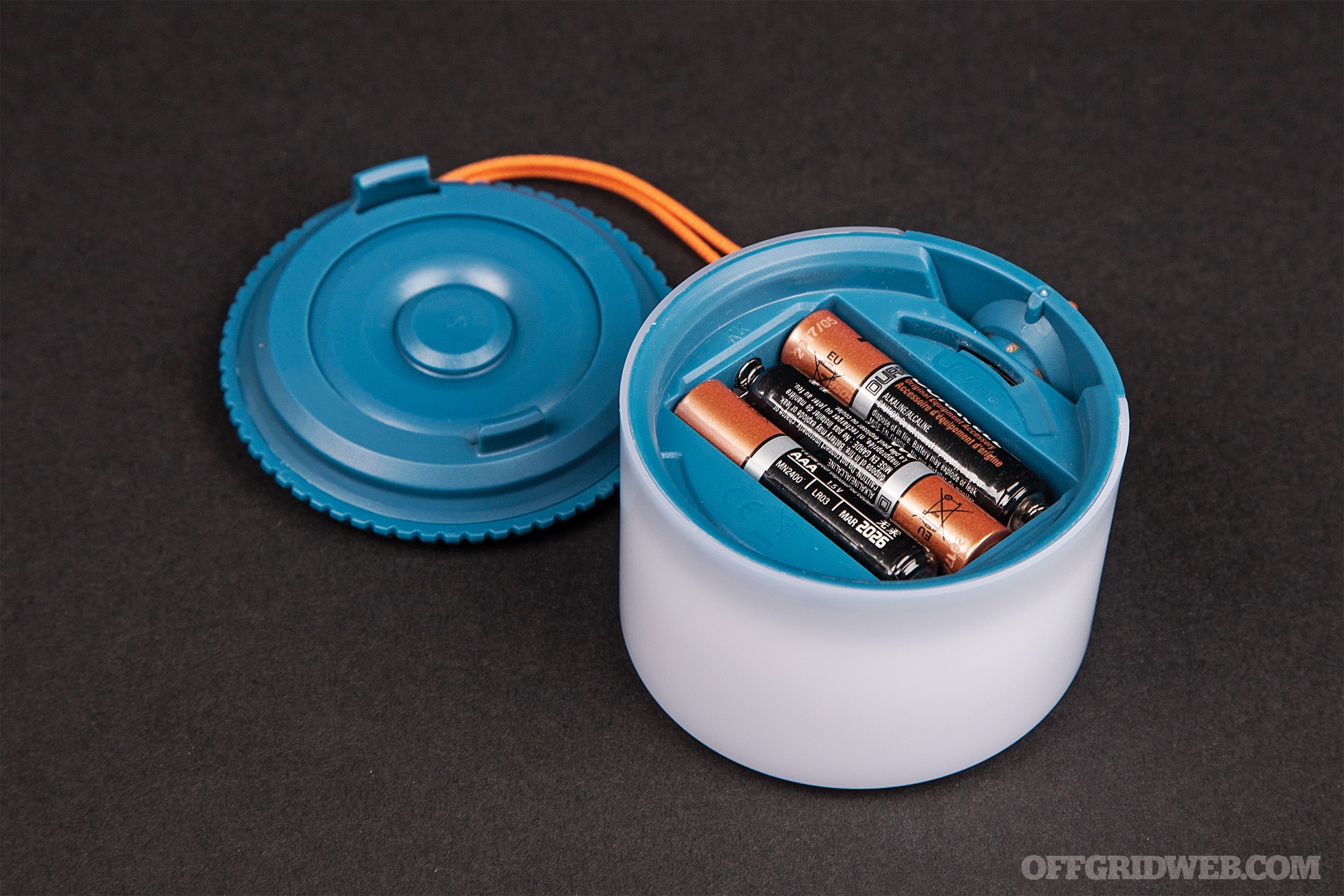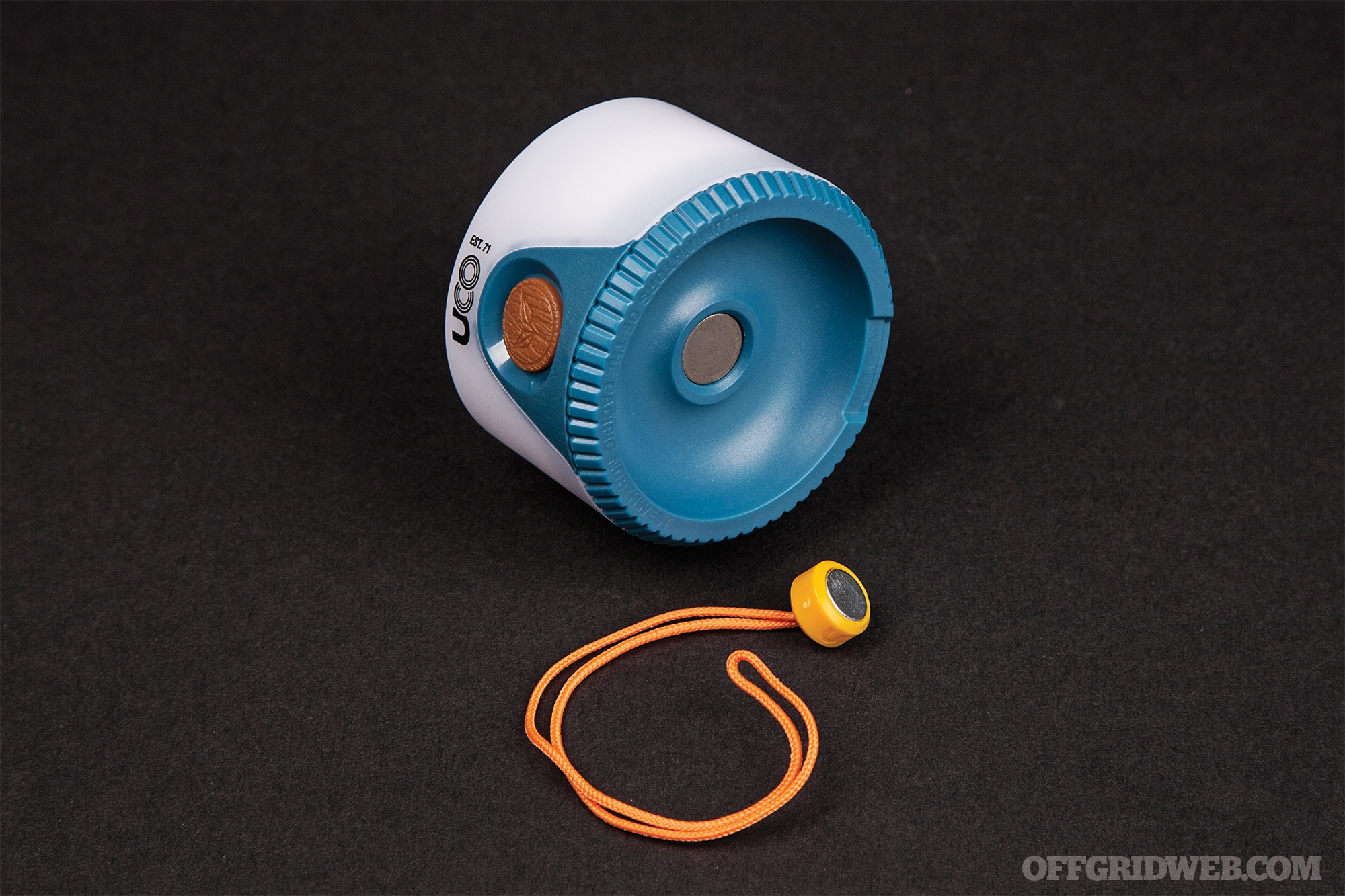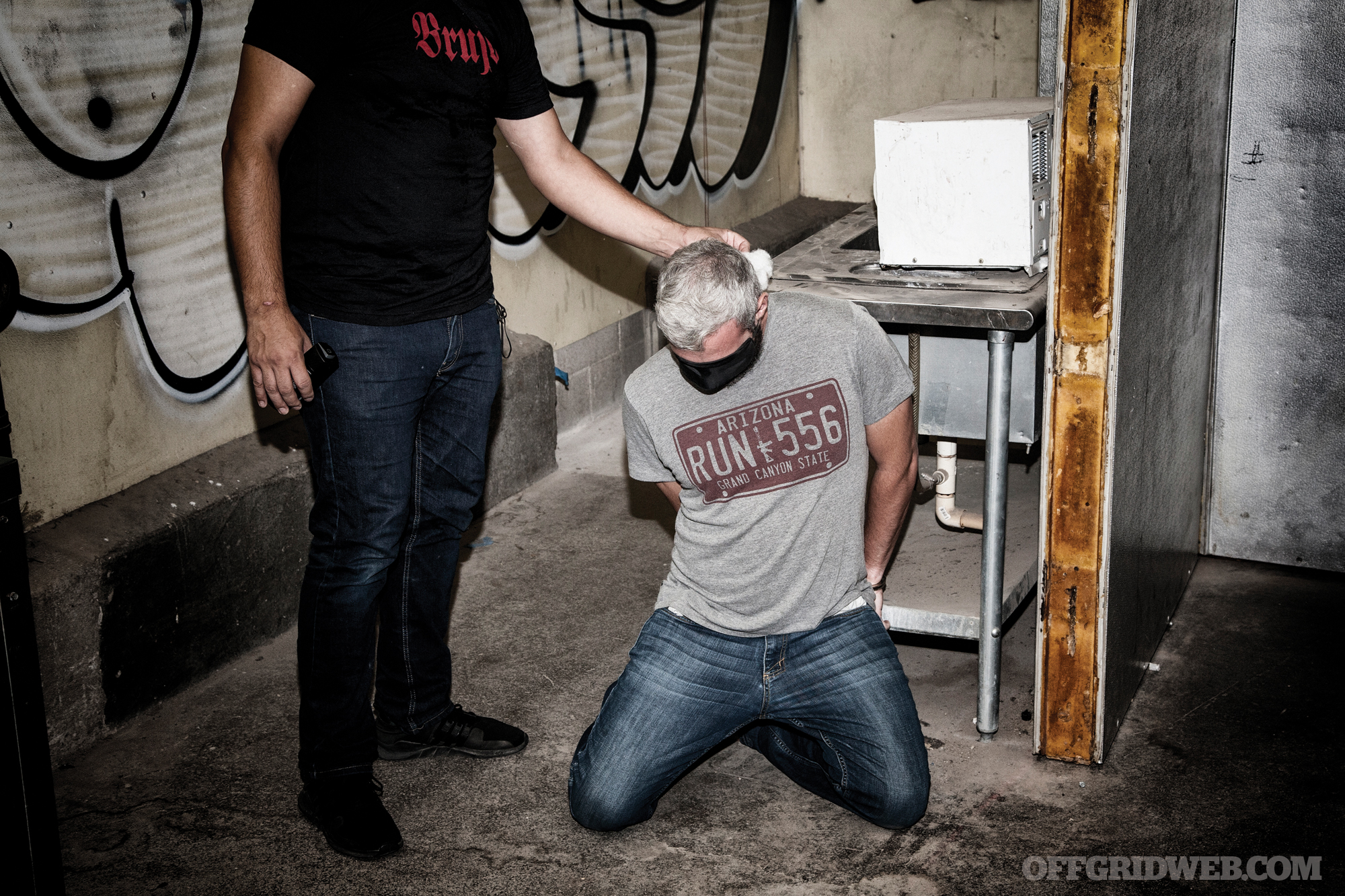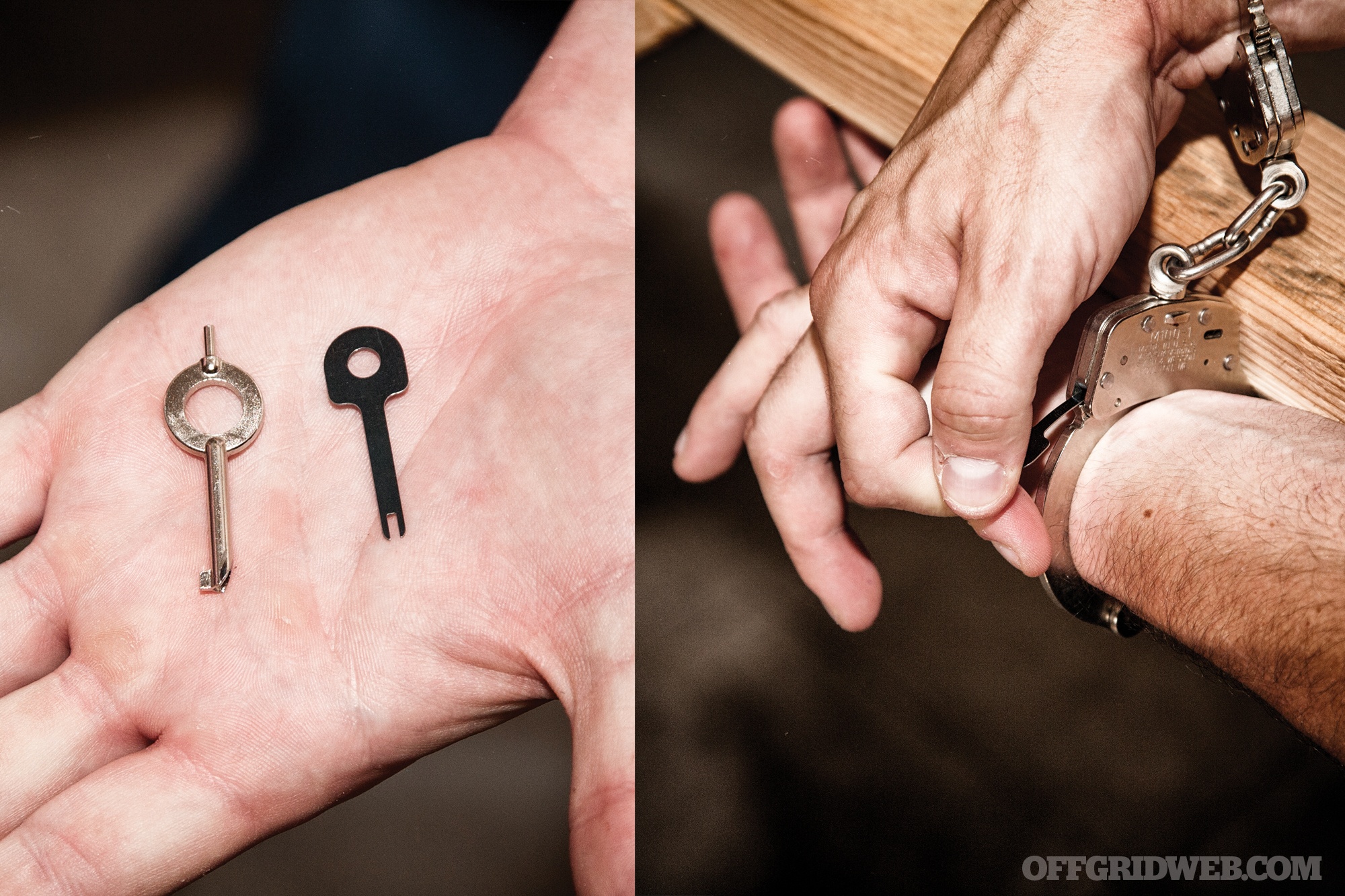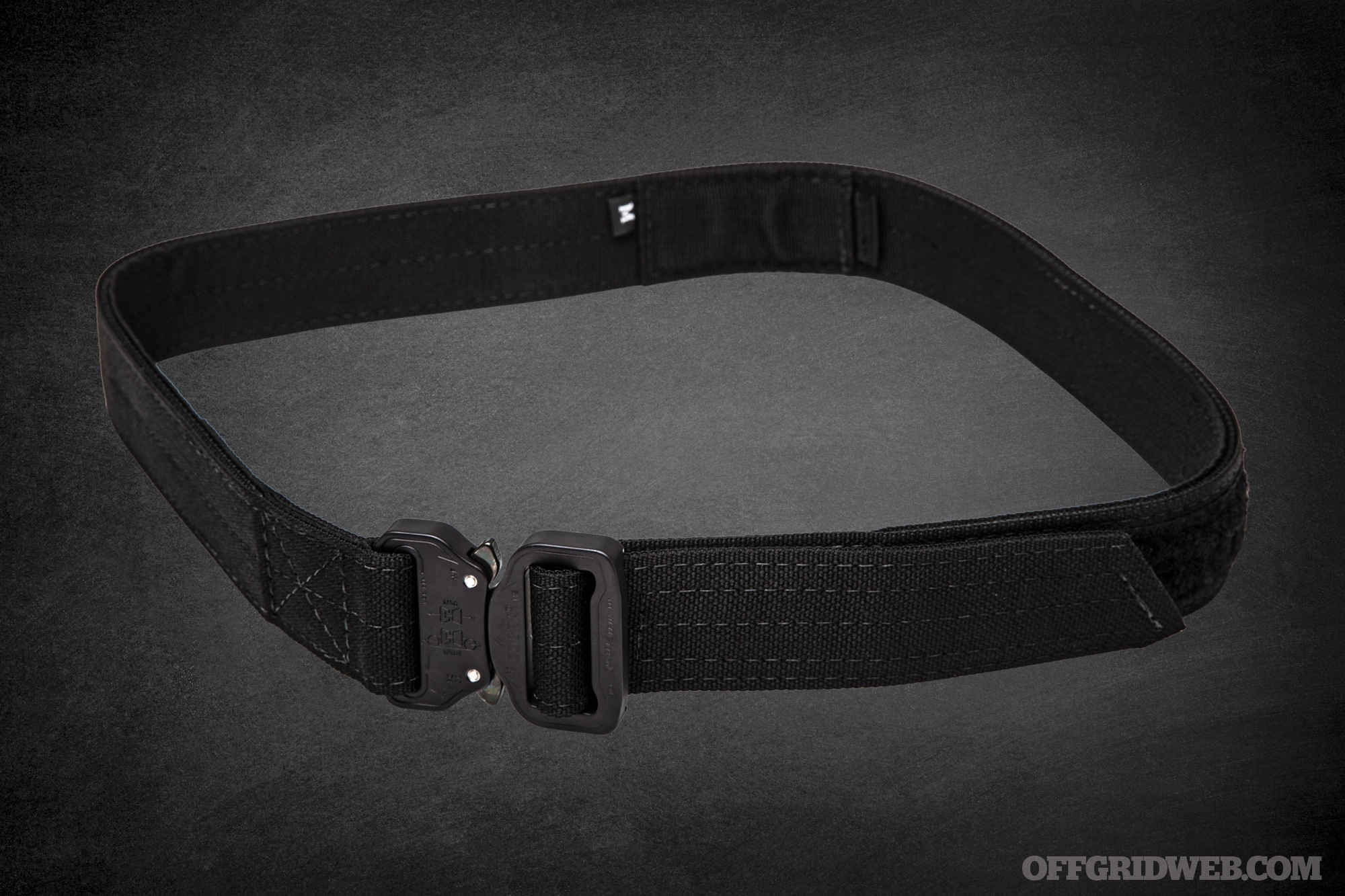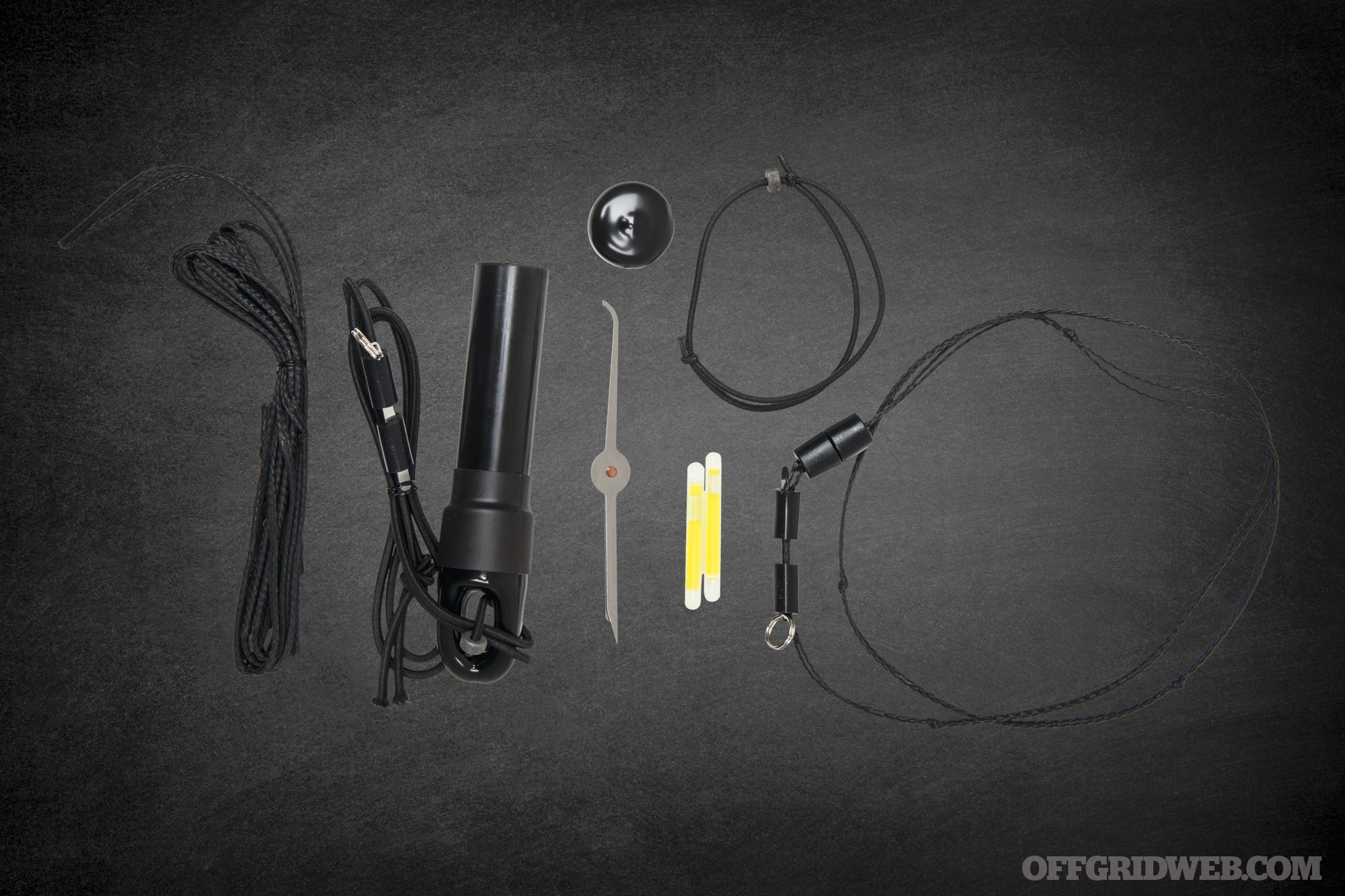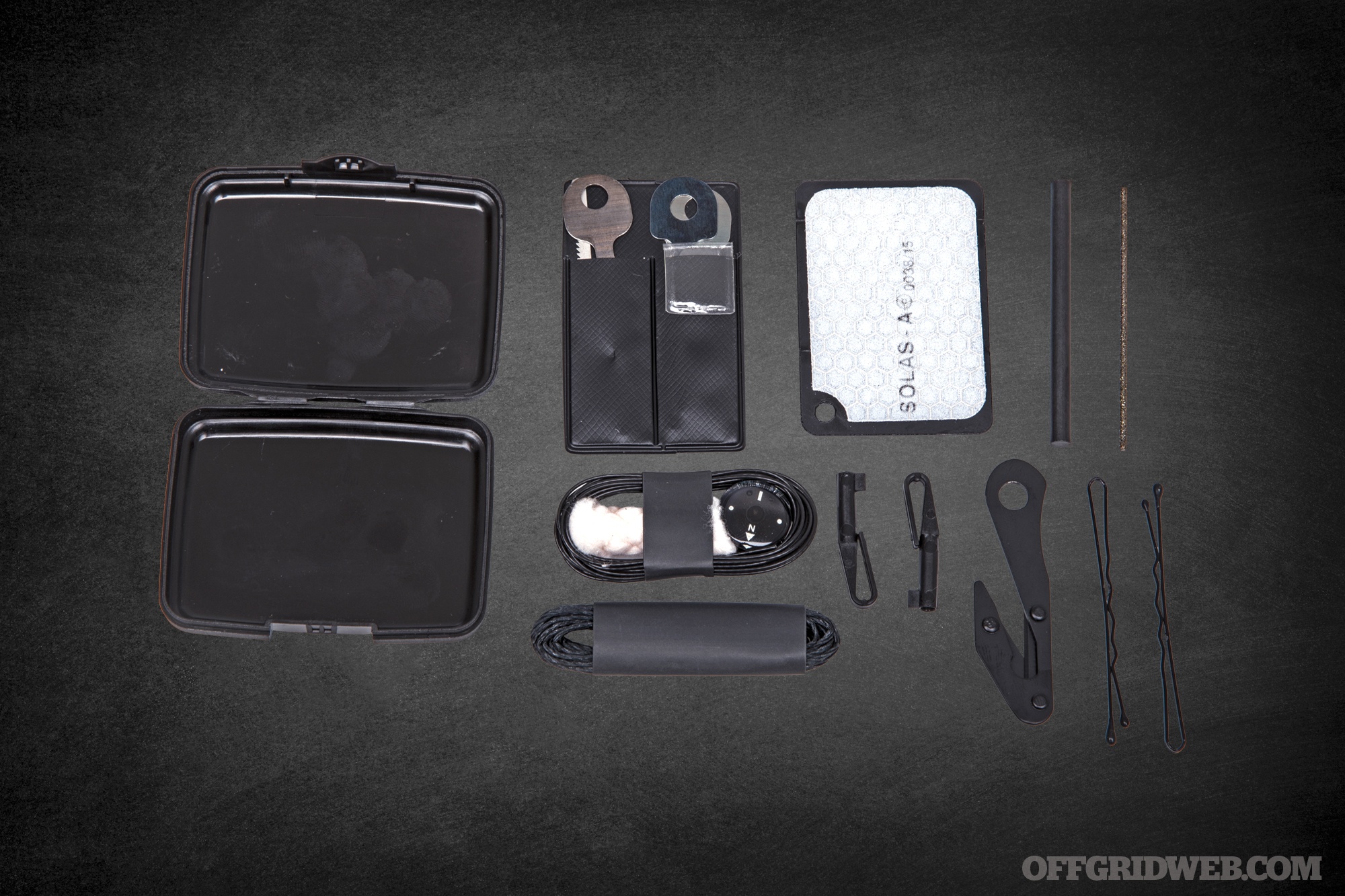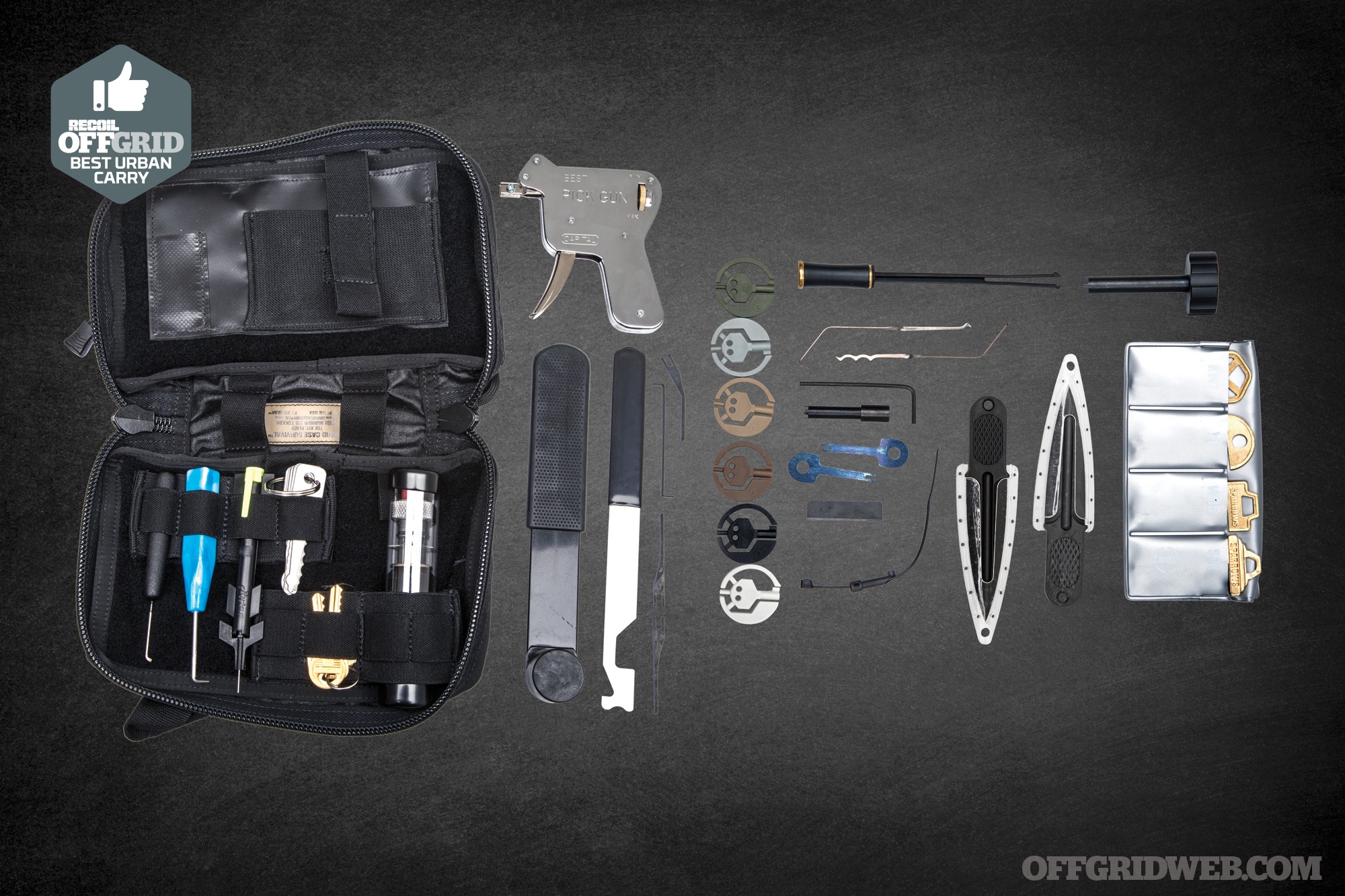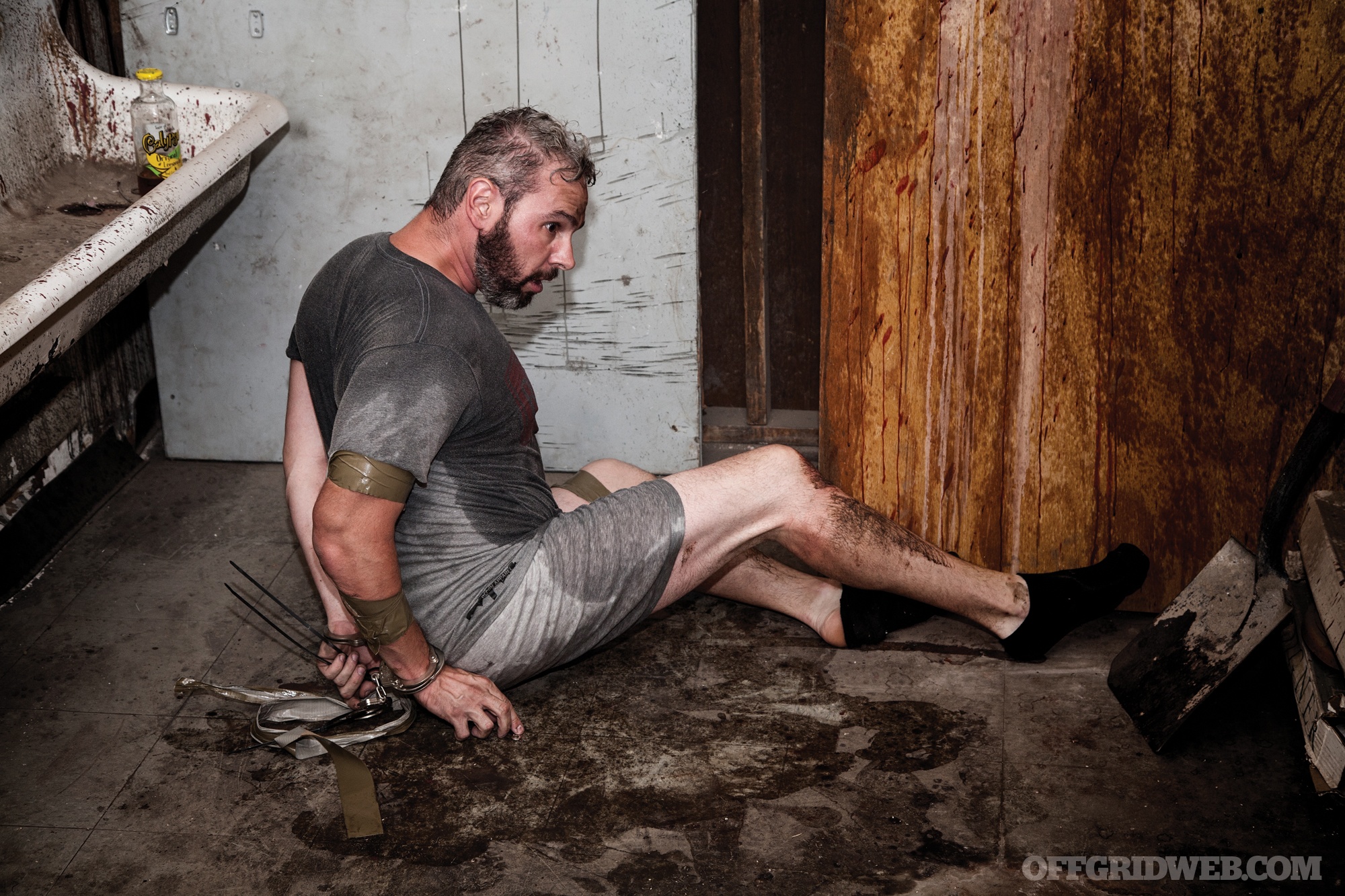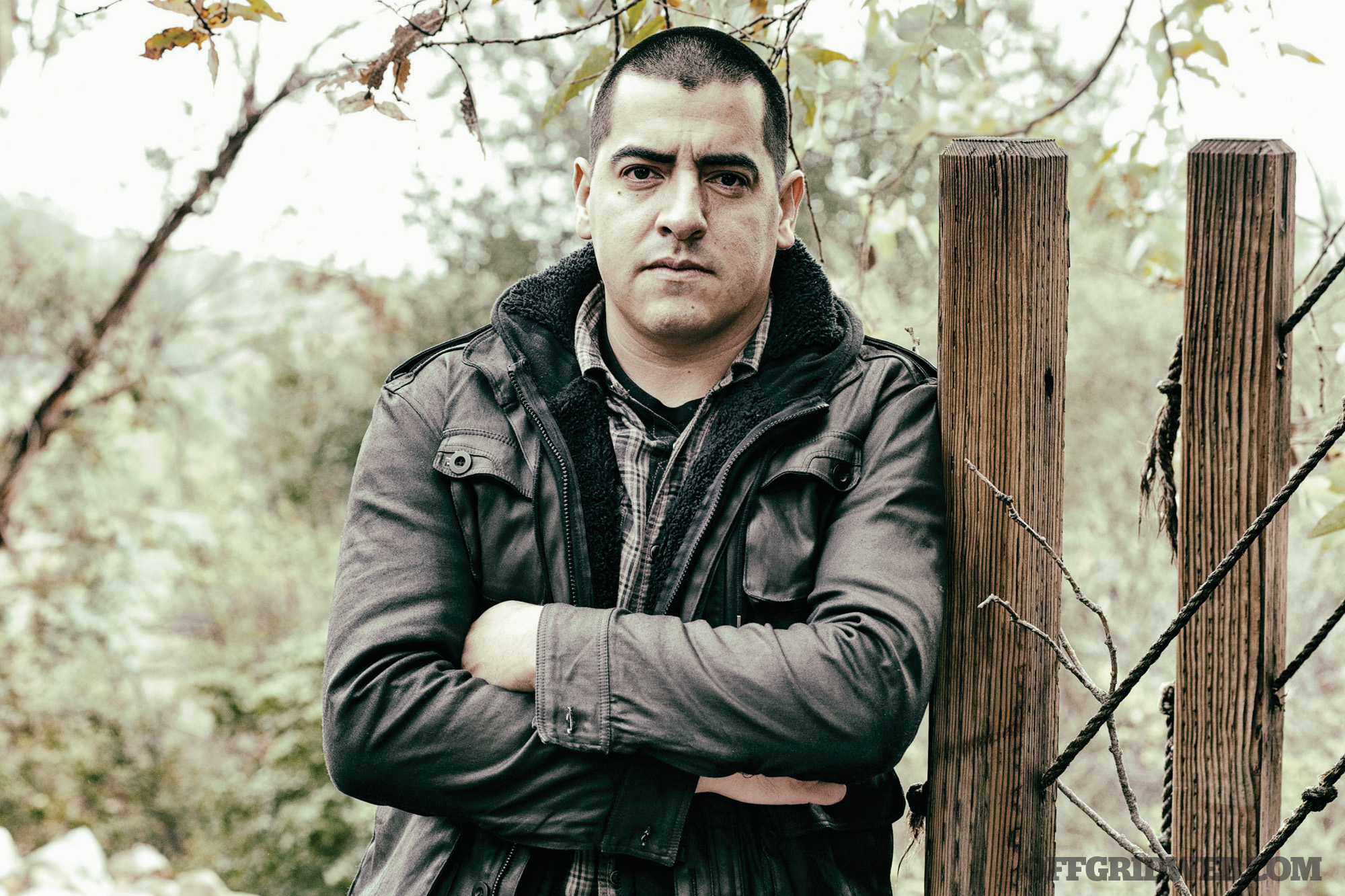Each year, thousands of people are threatened by both natural and manmade disasters. Yet 60 percent of American adults haven’t practiced any emergency plan, including those who live in disaster-prone areas, according to the Federal Emergency Management Agency (FEMA). What should you do if a disaster occurs while you’re away from your kids? As parents, we’re responsible for formulating a plan, anticipating possible conditions that may affect it, and even doing a few dry runs to reinforce the procedures that’ll be used to keep our kids safe until we’re able to reach them. But where do you start?
Assess Your Threats
While no one can predict disasters with certainty, evaluating where you’re located and what’s present in your area can help you develop an appropriate response. If you’re new to an area, your local Red Cross chapter will have information on what types of disasters have occurred in the past as well as warning signs to be aware of.
For instance, if you moved from California to Texas, you may not have to worry about earthquakes as much, but now may be facing tornadoes, hurricanes, and floods. Analyze what kind of natural disasters are most likely to occur where you live and understand seasonality patterns. Stocking up on food, supplies, and medication prior to these emergencies can stave off some of the complications you’re likely to encounter if resources are limited or unavailable.

You should also evaluate the likelihood of manmade disasters in your area. For instance, are you close to a railroad or freeway that’s a known thoroughfare for toxic chemical transportation where a spill could occur? Do you live within 50 miles of a nuclear power plant? Are you located near prisons or major cities where rioting may develop? Hurricane Katrina is a perfect example of this type of situation — hundreds of prisoners were abandoned and disappeared into the surrounding cities.
What is your home’s proximity to industrial plants that can cause chemical leaks via water or air? Sometimes a natural disaster can trigger these sorts of accidents as well. An example would be when Hurricane Harvey caused widespread power outages, resulting in a chemical leak in one of the industrial areas. Neighborhoods within a 1½-mile radius had to be evacuated as a result of the leak. Locating these facilities on a map, the circumstances they’re likely to cause if they’re damaged or disabled, and the radius that they’re likely to affect can help you determine the supplies you’ll need to have, if it’ll be safe to remain home, and possible escape routes if it isn’t wise to bug in.
Consider Your Family’s Needs
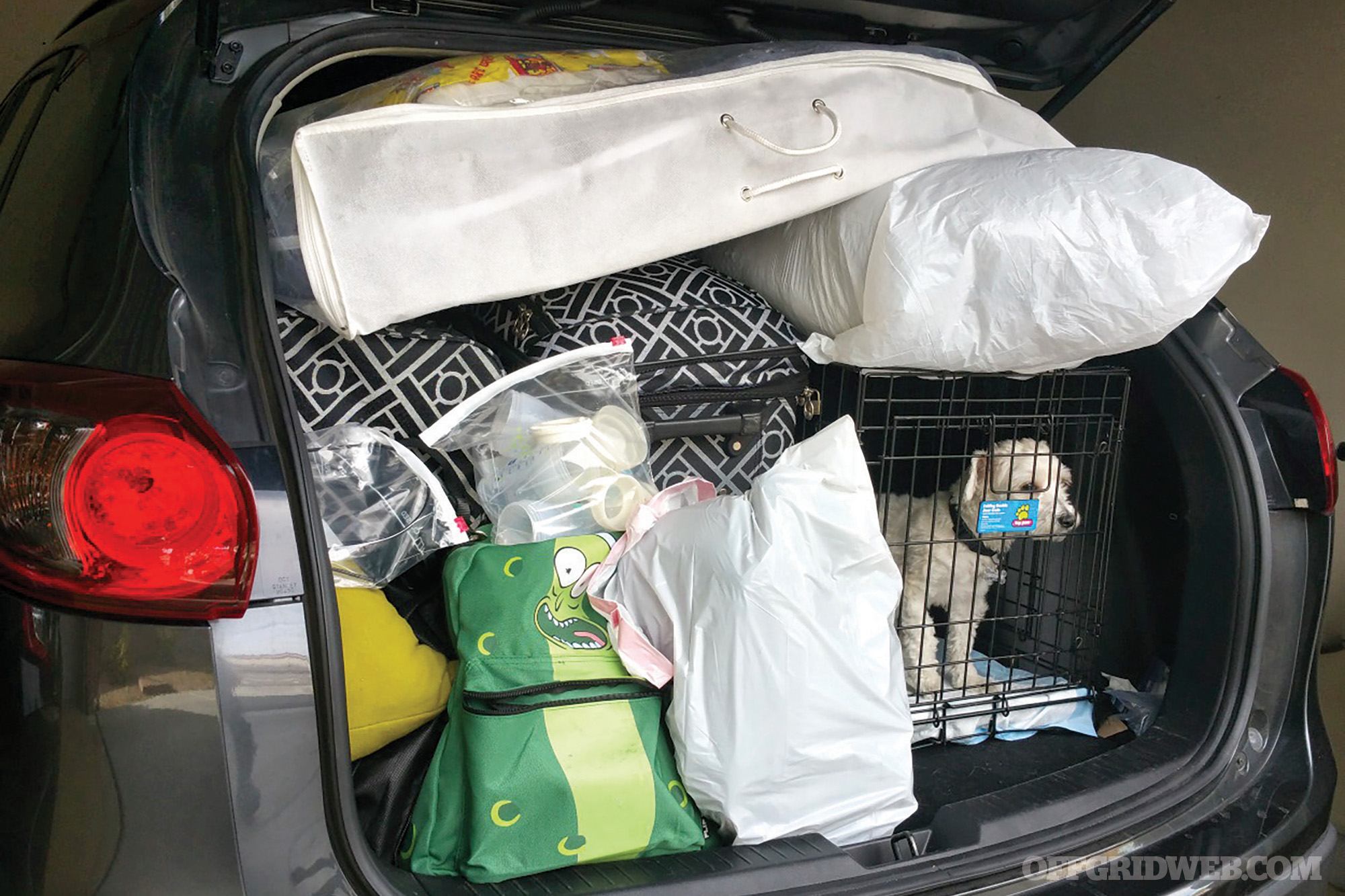
Each family has its own particular needs depending on family size, ages, location, and a variety of other variables. As the saying goes, there’s safety in numbers and creating a network of contacts of people in the area you trust can go a long way. Do you have infants or small children? Elderly or disabled family members? Pets? Here are a few examples for you to better understand how to establish a plan and create a network of resources who can pitch in if needed:
If you have children in daycare, does the facility have its own emergency plan if a disaster occurs while parents are at work? Speak to the daycare providers about the specifics of the plan so you can coordinate your efforts accordingly. Consider designating a backup among your nearby friends or relatives in case you’re unable to pick up your children.
Another special circumstance would be if you have a family member who is immobile or has special needs. [Editor’s note: our sister publication CONCEALMENT Issue 4 gives examples of considerations to make and provides specific steps on home defense for a special needs child.] Preplanning for situations involving evacuations or sheltering in place is a must. Coordinate with a family member or nearby neighbor who can provide assistance. In addition, make sure you have prescription medications and backup power for any medical equipment needed in case of a disaster or power outage.
Pet ownership also involves making specific plans for your pet in case of emergency, including shelter, food, and medicine (see RECOIL OFFGRID Issue 28 for disaster planning for pets). If you’re unable to return home, do you have someone who can retrieve your pet for you, such as a pet sitter or a neighbor you can trust? Many emergency shelters don’t allow pets; you’d also need to consider what would happen to your pet if an emergency occurs while you’re away and no one can reach your animals. At the very least, you need to have a pet emergency window decal to notify emergency responders that there’s a pet in the house in case of fire or disaster. You can get one free from the The American Society for the Prevention of Cruelty to Animals (ASPCA) at https://secure.aspca.org/take-action/order-your-pet-safety-pack.
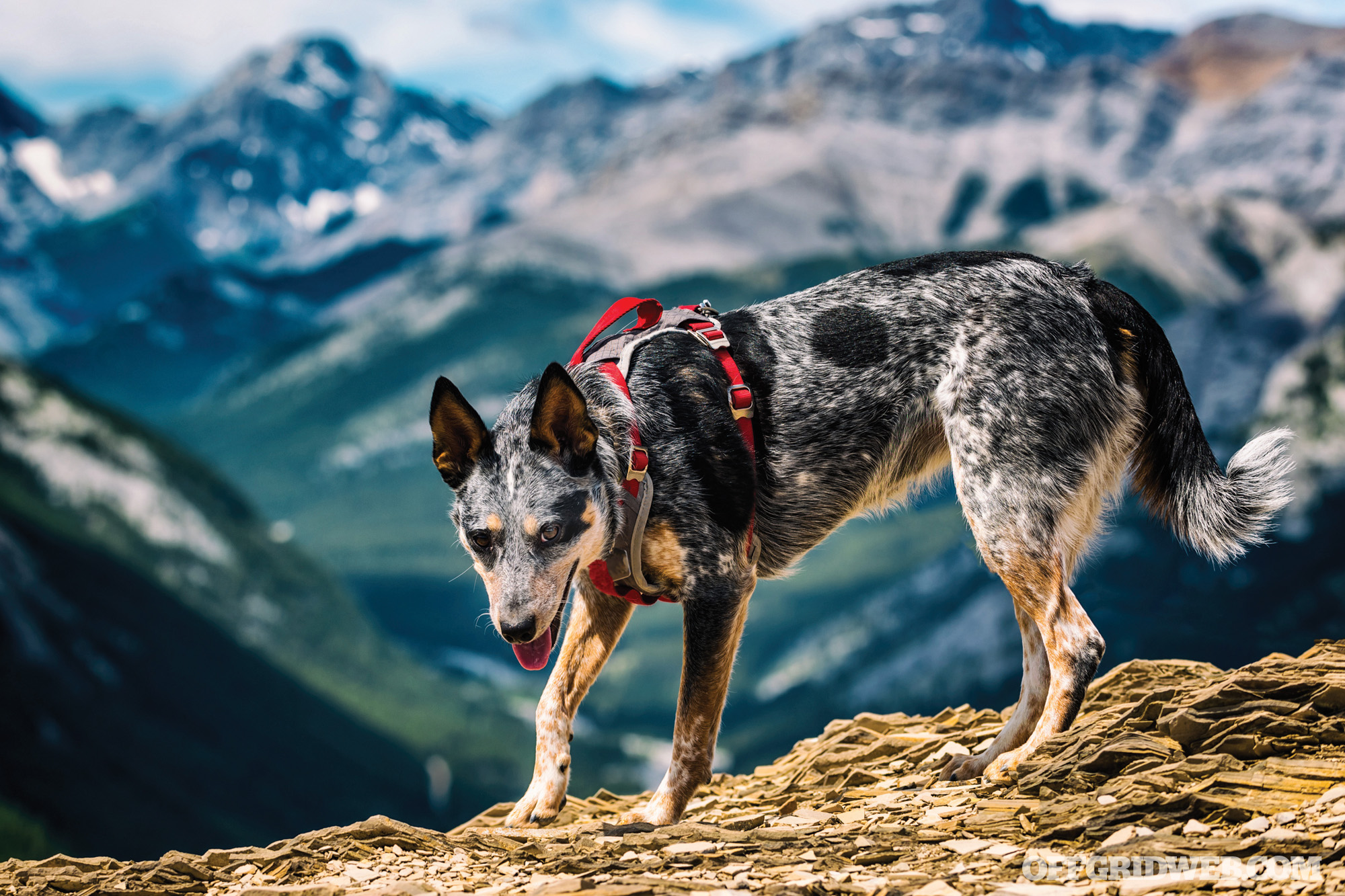
Taking into consideration each family member’s needs along with your network of contacts will help you piece together a plan that best fits each member of your household.
Should You Stay or Should You Go?
Part of staying safe in a disaster is deciding when to stay home from work or school when there’s a predicted emergency or threat. Under what circumstances would you stay home from work or not send the kids to school? We all need to balance work and school obligations with the need for safety. Ask yourself, “What if?” Should you risk heading off to work and dropping off the kids when there’s a tornado or ice storm predicted or should you head to the shelter? Envisioning disasters and their potential consequences ahead of time helps you make more effective plans.
Each area in the country has its own specific set of threats. Some disasters — such as earthquakes — aren’t predictable, but others — such as hurricanes and ice storms — come with advance notice. Tornadoes are hard to forecast, but warnings are issued for specific areas that have the potential of tornadoes forming. If weather experts and even city authorities are all issuing warnings that a natural disaster is imminent, consider keeping the family together instead of risking additional complications of being separated when a natural disaster occurs.

Know the difference between “watches” and “warnings.” The National Weather Service often issues watches and warnings regarding tornadoes, hurricanes, snow, or tropical storms.
- A “watch” is issued when there’s potential for severe weather to occur within 48 hours. It doesn’t mean that it’ll definitely occur, just that it’s possible. Monitor the weather reports closely in case it changes for the worst.
- A “warning” is issued when the severe weather event is expected within the next 12 to 18 hours.
If a warning is already being issued, you may want to consider staying home for the day, even if school hasn’t been suspended. Depending on the type of hazard you’re expecting, you can plan accordingly to remain at home or evacuate.
If a tropical storm is predicted for the day, school may not be suspended. It’d be your decision whether you should stay home with the kids or drop them off at school, but consider what may happen if the storm hit while they’re at school or daycare. Is the school in an area that’s prone to flooding? Will streets get flooded and will you be able to pick up your child on time?
A snow day may not be declared, but if it’s likely that it may snow heavily, you’ll need to consider how dangerous driving can become and how difficult it would be to pick up your child from school if you’re snowed in at work or if roads between your home and the school may become impassible.
Gather Information

While we’d all prefer to be at home with our families when a disaster happens, it may not be realistic. Let’s say a disaster happens at 10:30 a.m., you and your spouse have already left for work, and the kids are at school. Discuss with your spouse which of you is closer to the school and more able to retrieve your child during an emergency. If you’re both far enough away that you may be severely hindered by traffic or other circumstances, do you have a relative or friend who can reach the school faster? Evaluate these considerations before an emergency happens so you can designate your contacts for school records, as well as come to an understanding with them on what they’ll be responsible for if your child needs to be picked up.
Research and speak with faculty about what emergency plans are in place, both at your place of business and at your kids’ school or daycare. Here are some considerations to inquire about:
What is your child’s school notification system? Many schools have a text or call system in place to announce emergency procedures in the event of a disaster. Find out if your children’s school(s) have a notification system and how they’re delivered. Also inquire about the circumstances in which those notifications would be sent out: natural disasters, late starts, early dismissals, etc.
What triggers a lockdown or evacuation? Various situations can cause the school to go on lockdown or evacuate. Find out what those are, if and how you’ll be notified, and what your children can and should do to communicate with you directly about the situation.
What’s your child’s schedule? Have a written copy of your child’s daily school schedule and room numbers. Keep the schedule in more than one place and on your smartphone so you can easily retrieve it when needed.
Are there older siblings who can help the younger ones? If you have more than one child at the same school it’s best to sit your children down and develop a way they can locate each other, such as a designated meeting place or through texting, and where they should remain together to be picked up.
What gates at the school will be open for pickup? Lockdown procedures may be different from the normal, everyday pickup system. Find out what entrances/exits will be open in an emergency situation so you can reach your children as quickly as possible.
Safety procedures: Find out what the requirements are if you had to send a friend or relative to pick up your child: ID, sign-out sheets, etc. During the beginning of the school year, schools may ask for emergency contacts in the event they’re unable to reach you. As you make your emergency plan consider whom you can trust as your emergency contact.
Workplace disaster plan: Does your place of employment have a disaster plan? What does it consist of? Although most human resources departments are obligated to provide their employees this information, people often forget the details until the moment of truth. Determine what would cause your office building to go on lockdown or evacuate. Make sure you know all emergency exits out of your building, and find alternate ways to get home if your usual route is blocked. Also consider walking routes if possible. Discuss alternate rendezvous points with your family if you cannot return home.
Staying Informed

When you’re at work, how do you find out about potential threats? Not everyone has a TV in the break room or a radio to keep them informed. Sign up for emergency alerts and warnings from your workplace, your children’s school, and your local government. It’s also a good idea to sign up for severe weather alerts, as well as traffic and road closures.
Information sources to think about:
- State and local alerts: Contact your city, county, and state offices for information about what emergency alerts they have available and how they’re broadcast.
- Sign up for local news alerts with local TV networks. Many stations have apps available to provide current news regarding your area.
- The Department of Homeland Security (DHS) also offers information through Ready.gov.
Weather
The National Oceanic and Atmospheric Administration (NOAA) has a network of radio stations that broadcast weather information nationwide called the NOAA Weather Radio All Hazards (NWR). NWR broadcasts weather warnings such as watches, forecasts, and post-event information for all types of hazards, including natural disasters such as earthquakes, tsunamis, or avalanches, environmental incidents such chemical releases or oil spills, and public safety such as AMBER alerts or 911 telephone outages. For more information regarding this service, visit www.nws.noaa.gov/nwr/.
Terrorism Advisory
Back in 2011, the DHS replaced the color-coded alert system with the National Terrorism Advisory System (NTAS) to communicate terrorist alerts to the public more efficiently. You can subscribe to NTAS alerts via email, Facebook, Twitter, or look at current advisory bulletins. Visit www.dhs.gov/national-terrorism-advisory-system for more info.
Traffic and Road Closures

Each city has its own traffic source for up-to-the minute information on road closures and incidents. As an example, Houston has https://traffic.houstontranstar.org/ with a downloadable app. If you search for “traffic map in (your city)” you’ll be able to find one. Or visit the Federal Highway Administration for links to each state.
You’ll also need a backup method to receive news in an emergency. Keeping a battery-powered weather radio at work as well as in your car emergency kit can help you stay informed.
If you’re able to access the Internet, stay in touch via social media such as Twitter, Facebook, Instagram, and other platforms. Neighborhood social media services such as Nextdoor.com are sometimes great sources of information regarding local flooding, street closures, and water and food sources that are not always covered by citywide news reports.
While social media may help us stay in touch, we all need to be mindful that misinformation can easily spread as a result of panic and speculation. During Hurricane Harvey, which I personally experienced, there was a lot of “fake news” being spread via Facebook and Twitter, stories showing photos from other disasters and describing events that had no basis in reality. It’s best to get your information from reliable news sources, government officials, and local emergency services personnel.
Emergency Contacts

Make a comprehensive emergency contact list and keep it in multiple locations. Include names, phone numbers, emails, and street addresses, such as school and work contacts, daycare center, doctors, local hospitals, the nearest shelter, etc.
Also include numbers for utilities, emergency services, your bank, and insurance companies. Enter these numbers in everyone’s mobile phones, but make sure you also have physical copies in case you’re not able to access your phone or computer. Post the contact list in a central area in your home, such as on the refrigerator or bulletin board.
Create a contact card for each member of your family that they can keep in the car, wallet, as well as in your child’s backpack or locker.
Include an out-of-area contact who can be a central point for everyone. If communications are down in your local region, it may be possible to reach someone long distance. An out-of-area contact is someone you can call to provide information on your status in the event of an emergency. They can relay messages to the rest of the family as you may not be able to call everyone if you have limited battery life or if cell service is spotty during an emergency. They may also be able to help coordinate tasks for you, such as place outgoing calls or make arrangements for you in case you have to evacuate your home and find a hotel in another city.
5 Ways to Bolster Your Means of Communications
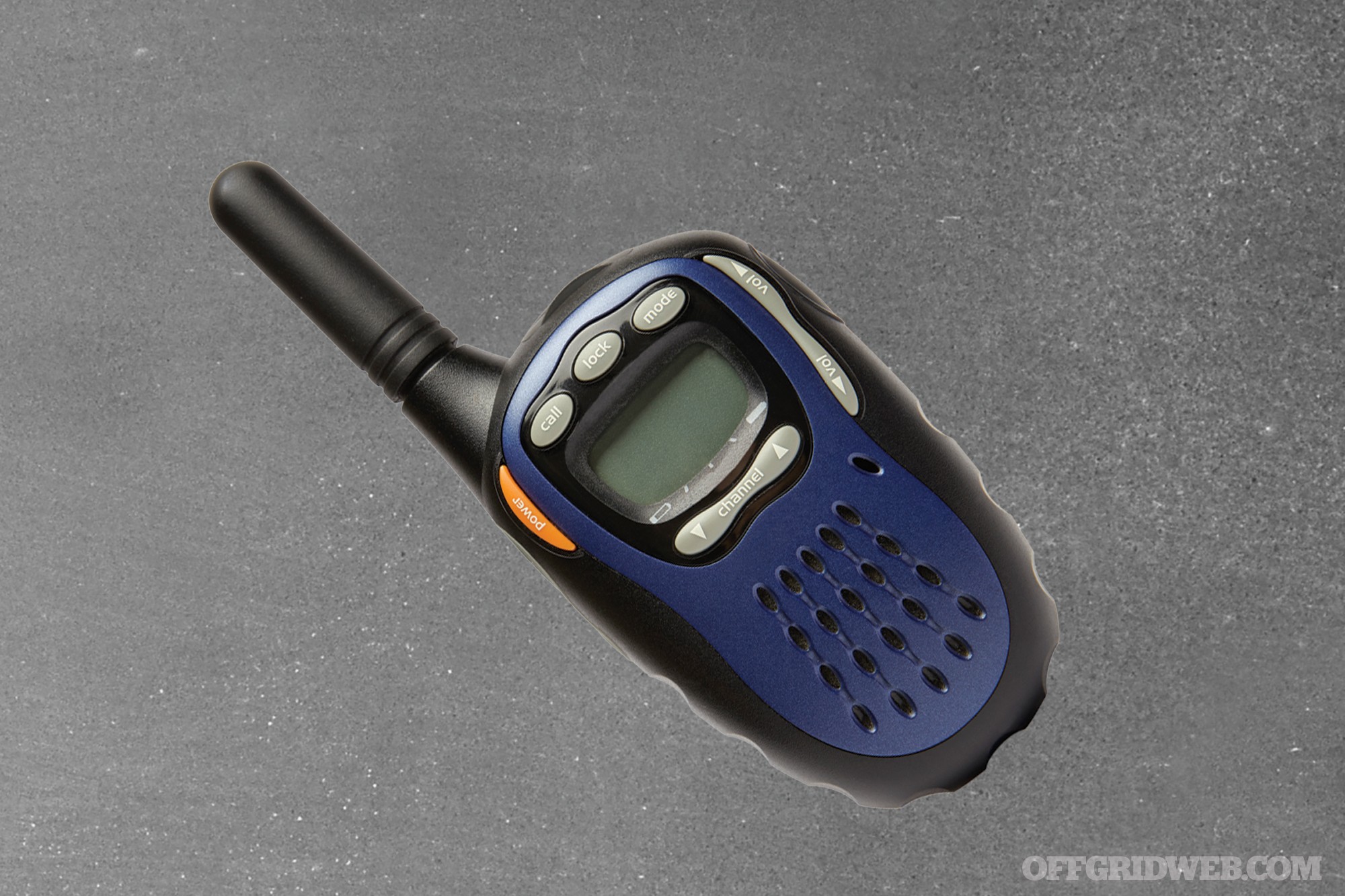
Landline: Although many households have ditched their landlines, they’re still a viable way to communicate if cell towers were to go down. In addition, having a landline makes it easy for first responders to find you.
Cell phone: Create a “In Case of Emergency (ICE)” contact list in your cell phone. Most smartphones have this option either built into the operating system or via an app. The challenge is keeping your phone charged in case power goes out. Stock up on portable phone chargers, cables, adapters, and solar chargers that are readily accessible. Assume devices like this will quickly disappear from local stores during an emergency. You can also try a multifunction device, such as an emergency weather radio, that keeps you informed and also has a USB charger to power your cell phone.
Two-way radios: There are tons of options available for two-way radios. Price, bandwidth, range, and other considerations will all affect price. Siblings attending the same school can use them as a backup way to communicate; however, keep in mind the range can be limited by distance, buildings, and obstacles. Also, they aren’t private and other users within the channel can overhear conversations.
A backup pre-paid phone: If your kids are elementary school age and you believe they’re too young to have a smartphone, consider a backup pre-paid phone to be used just for emergencies. Prior training will be necessary to show them how to operate it during an emergency, and it may take some discipline to keep it charged.
Coins for pay phones: Though pay phones are disappearing, they’re still around. Carry change in case you need to use one and determine a list of nearby locations that are likely to have them, such as libraries, government offices, gas stations, etc.
Build a Texting Tree

Here’s an easy project you can do in an hour. During Hurricane Harvey, we were unable to make phone calls via our smartphones, but were still able to send texts. Texting instead of calling uses less bandwidth and also helps you conserve your phone’s battery life in case you’re unable to charge your phone in a power outage. A texting tree allows you to communicate and relay a message with a few points of contact who can relay the message to others.
How does it work? You just need a list of your contacts and their phone numbers, your cell phone, paper, and pen. Much like an organizational chart, you have one person (you) at the top of the list. You then designate three trusted people you’ll contact to get the word out in an emergency. They then each have contacts to forward the message. You’ll need to have a discussion with the members of the texting tree to explain how it works. Test the system by initiating a test emergency text and later checking with contacts down the list to see if they received your test messages. Once you’ve sent a test text, you’ll have it in your phone’s archive for future reference. You may also be able to create a pre-defined contact group on your phone.
The Secret Code Word

In the event you’re unable to pick up your child and can’t reach another designated emergency contact, you may be forced to send a friend or relative the child has never met. Create a secret code word together so your children can properly identify the person you’ve sent to pick them up. Choose a word only you and your family know about, such as a funny nickname, a word in another language you both speak, or a favorite place. Even if an emergency never happens, it helps to keep your kids safe.
Creating a code also helps to make kids feel empowered since they’re participating in the process. A recent incident occurred in Arizona where a 10-year-old child avoided being lured into a car by a man who claimed her brothers were in trouble by asking about the code word. Not knowing the answer, the would-be kidnapper gave up and fled the area. Giving this code word to someone who may have to be sent for your child unexpectedly will help your child determine the legitimacy of their intentions.
Meeting Places
Designate a few places where your family can gather for safety in the event you’re unable to return home.
Storm shelter: Get familiar with the storm shelters in your area. If you have pets, find out if the shelter is able to accommodate them; otherwise, you’ll need to make alternate arrangements.
Neighborhood meeting spot: Decide on a nearby spot where everyone can meet in the event of a fire, gas leak, or other emergency that requires you to evacuate. It can be as close as a neighbor’s house, or a small distance away such as a coffee shop, library, or church.
Out of the city: If your area is threatened by a hurricane, tornado, wildfire, or some other threat that requires you to evacuate, you’ll need a meeting place out of town, such as a hotel or friend’s home. Discuss alternate ways of getting there, including ride-share services, public transportation, etc.
Start the Discussion

Gather the family together and go over your emergency plans. Begin the discussion by referring to a situation everyone is comfortable or familiar with. Older children will be more receptive to abstract concepts, but younger children may be more responsive to something they experienced, such as a heavy rainstorm or a picture they can look at. Stress the reason you’re having this conversation is to keep everyone safe in an emergency.
Distribute a contact sheet as appropriate to each member of the family. Go over the contact sheet, explain what it’s for, and why everyone needs a copy in his or her backpack, locker, car, purse, or wallet. Let the kids know who’ll be picking them up in an emergency. If your child has a mobile phone, add the emergency contacts’ phone numbers. Instruct them to listen to their teacher until you’re able to pick them up.
Encourage the kids to participate in the discussion by asking for their opinion, feelings, or questions about how everything will work. Discuss different situations that may arise and what they would do.
Avoid Scaring the Kids

There’s a fine line between giving children just enough information to answer their questions and causing undue fear and worry.
Limit the amount of media disaster coverage. When there’s an impending storm or hurricane, the news coverage of the approaching disaster may show footage from previous disasters. Young children don’t need to be exposed to nonstop news that may alarm them.
Focus on the scientific or natural aspects of the event. Another way to deal with fear is to have a discussion with school-age kids on how much they have learned about storms, earthquakes, and other natural disasters from science class. If they haven’t covered the subject, it may be a good time to check out a few books from the library and learn about the science behind these natural events together.
Keep the discussion on a positive note. Stress the reason you’re having this discussion is to make plans to keep them safe if any disaster occurs. Emphasize that disasters happen rarely, but when one does that the family will be ready. Steer the discussion toward actionable steps that children can participate in, such as choosing which toys they’ll want to pack in their emergency bag, what snacks they might want to bring, and other tasks that are practical for them have some input on.
Practicing Your Plan
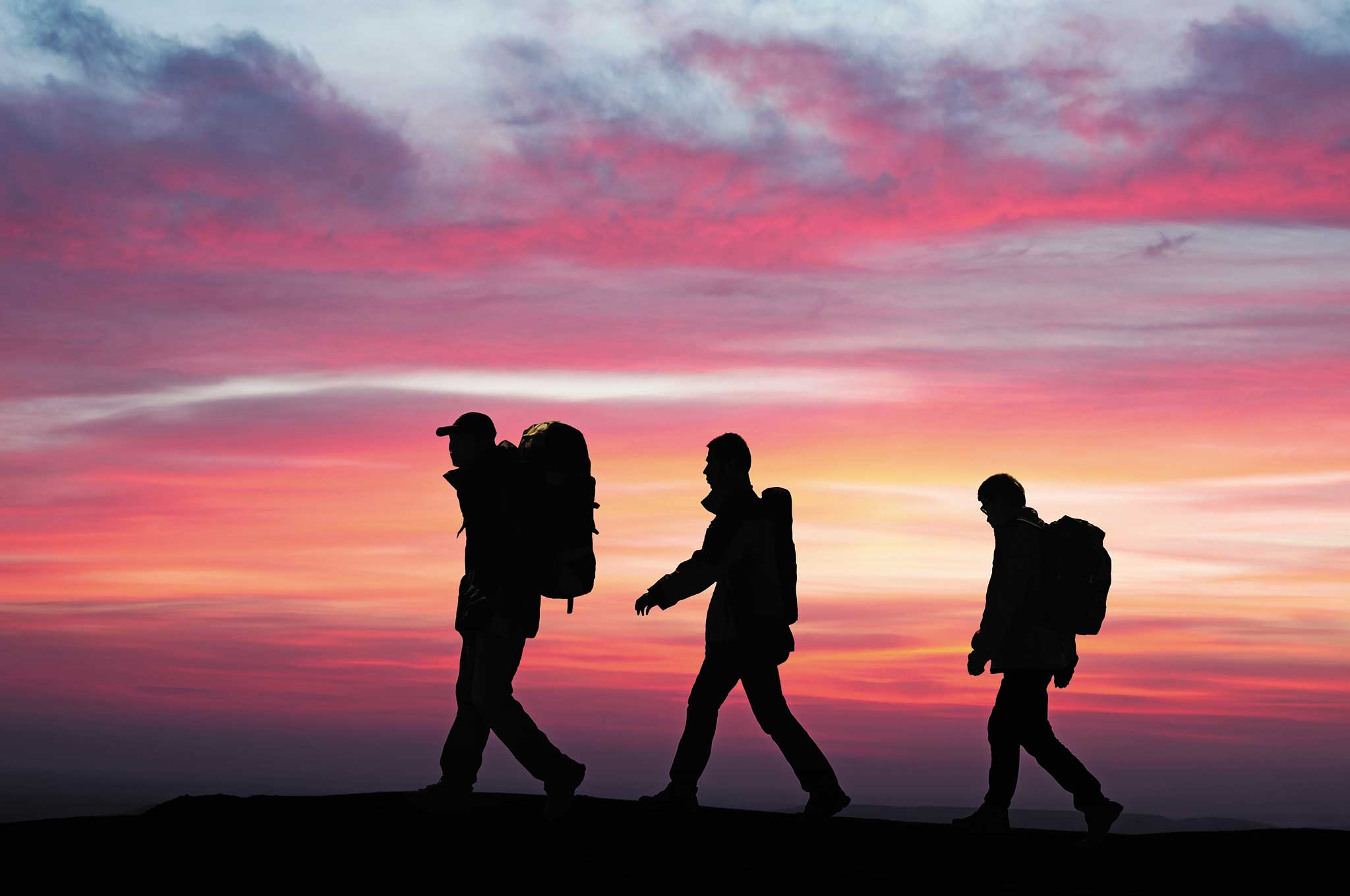
Discussing your family emergency plan with the family is only the beginning. You’ll have to test it out hand make sure everything goes smoothly.
Simulate an emergency in the middle of the day and activate your emergency plan. Go over the school pickup plan and practice gathering together in your meeting places within your neighborhood or out of the city.
Every six months, casually check with the kids on what they need to do in case of emergency, whether they remember the code word and when to use it, and why they keep an emergency card in their locker or backpack.
Keep your contact list up to date. Your emergency plan also needs to be reviewed and updated at least annually depending on the family’s circumstances.
Emergencies can happen at any time. Having a plan in place will help you and your family feel secure and stay safe in the midst of a disaster.
About the Author
Bernie Carr is the founder of ApartmentPrepper.com, a blog about family preparedness in an apartment setting. Her books include The Prepper’s Pocket Guide: 101 Easy Things You Can Do to Ready Your Home for a Disaster, Jake and Miller’s Big Adventure, The Penny-Pinching Prepper, and How to Prepare for Emergencies on a $50 Budget.
More From Issue 31
Don’t miss essential survival insights—sign up for Recoil Offgrid’s free newsletter today!
Read articles from the next issue of Recoil Offgrid: Issue 32
Read articles from the previous issue of Recoil Offgrid: Issue 30
Check out our other publications on the web: Recoil | Gun Digest | Blade | RecoilTV | RECOILtv (YouTube)
Editor’s Note: This article has been modified from its original version for the web.



